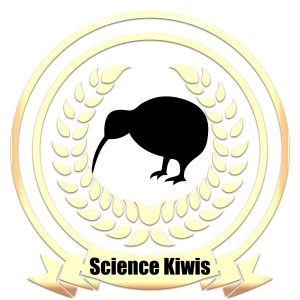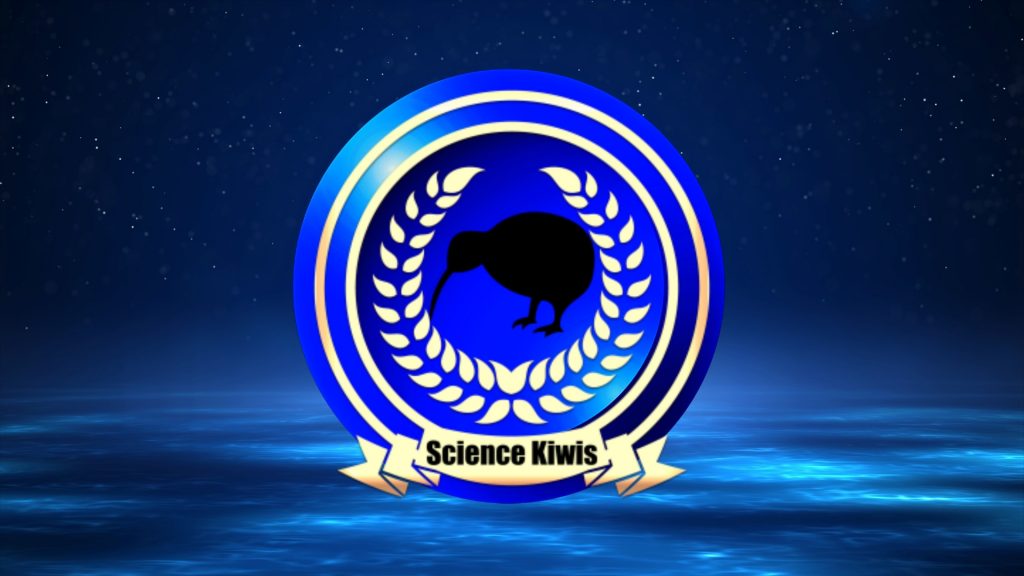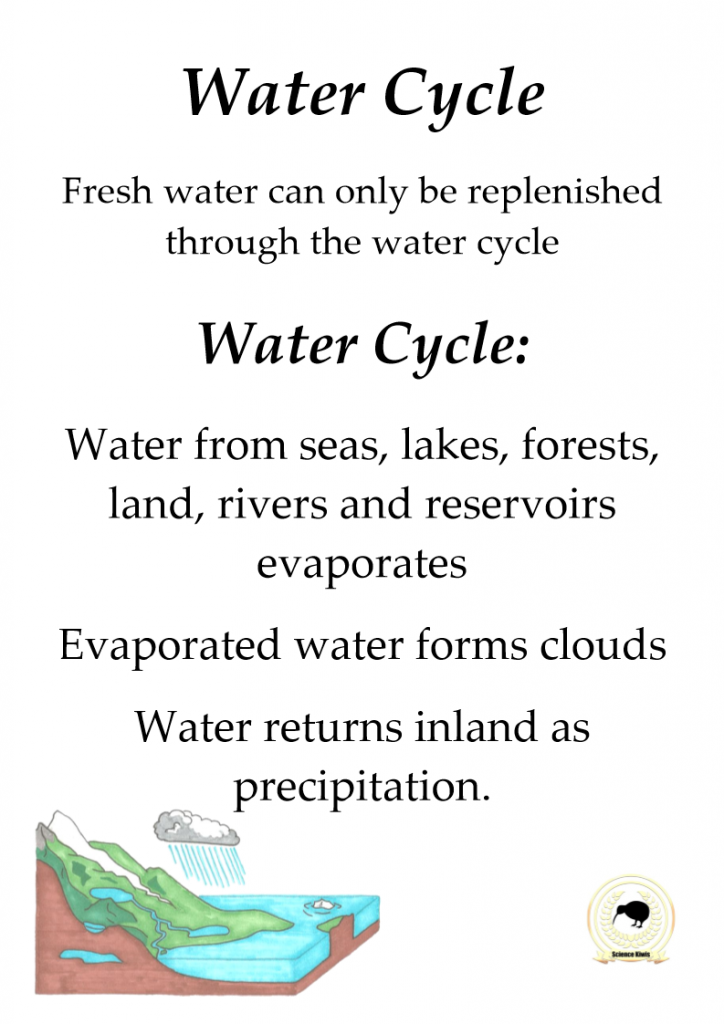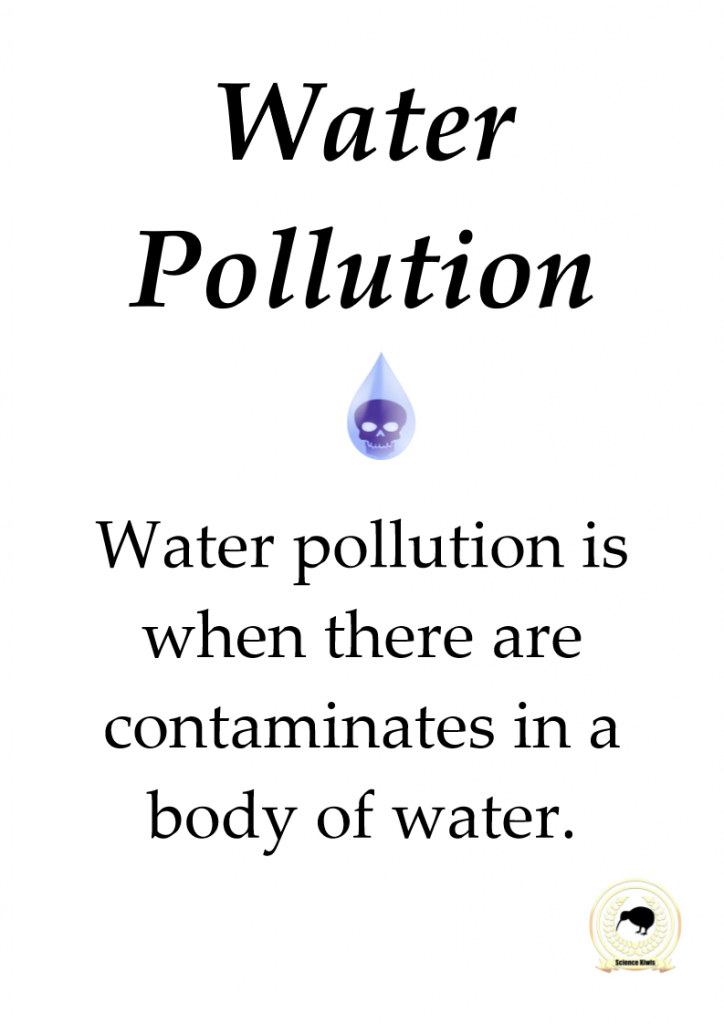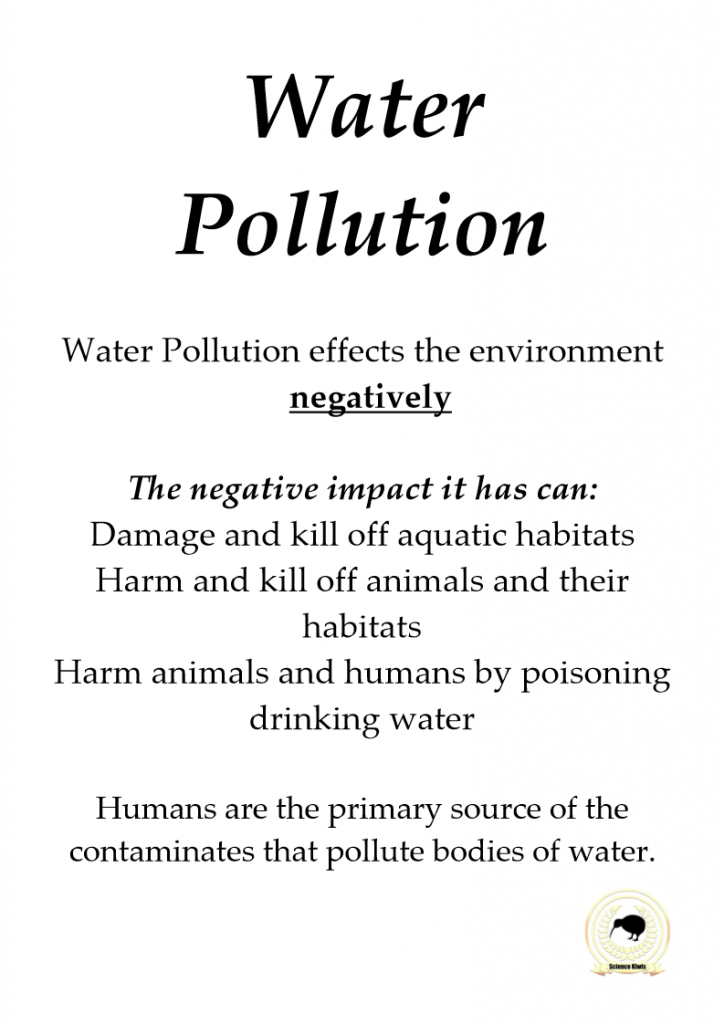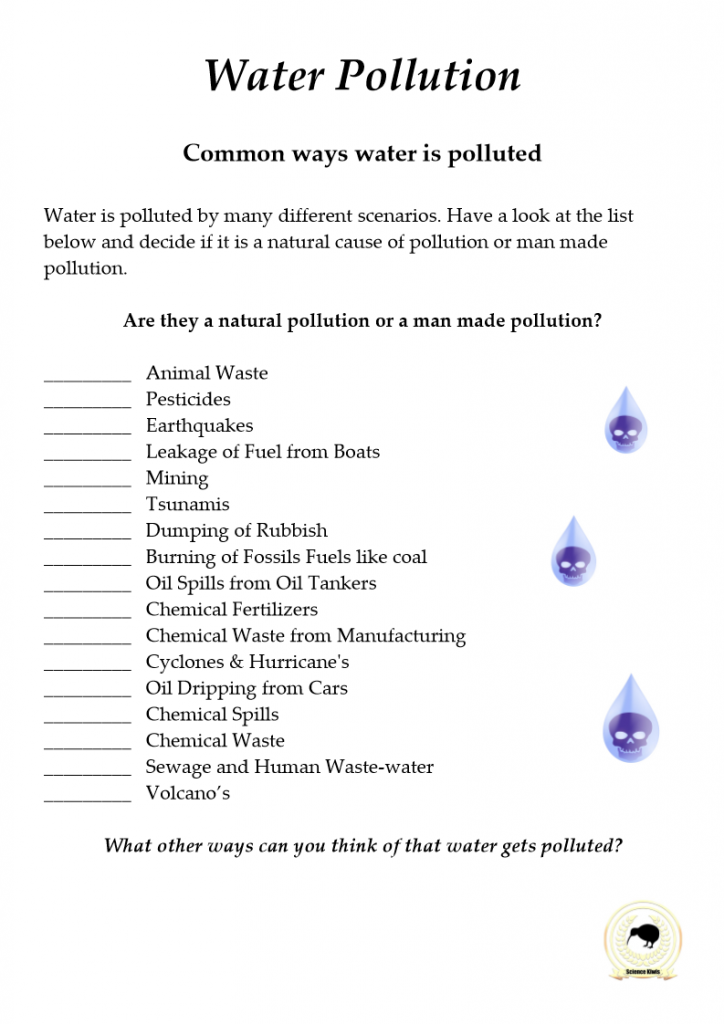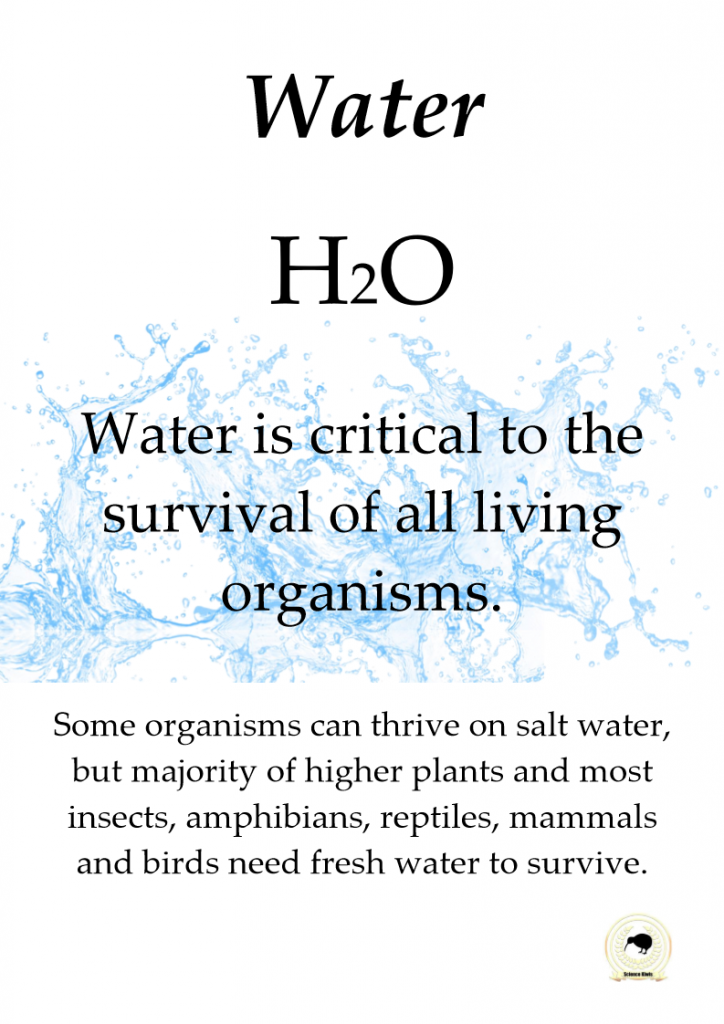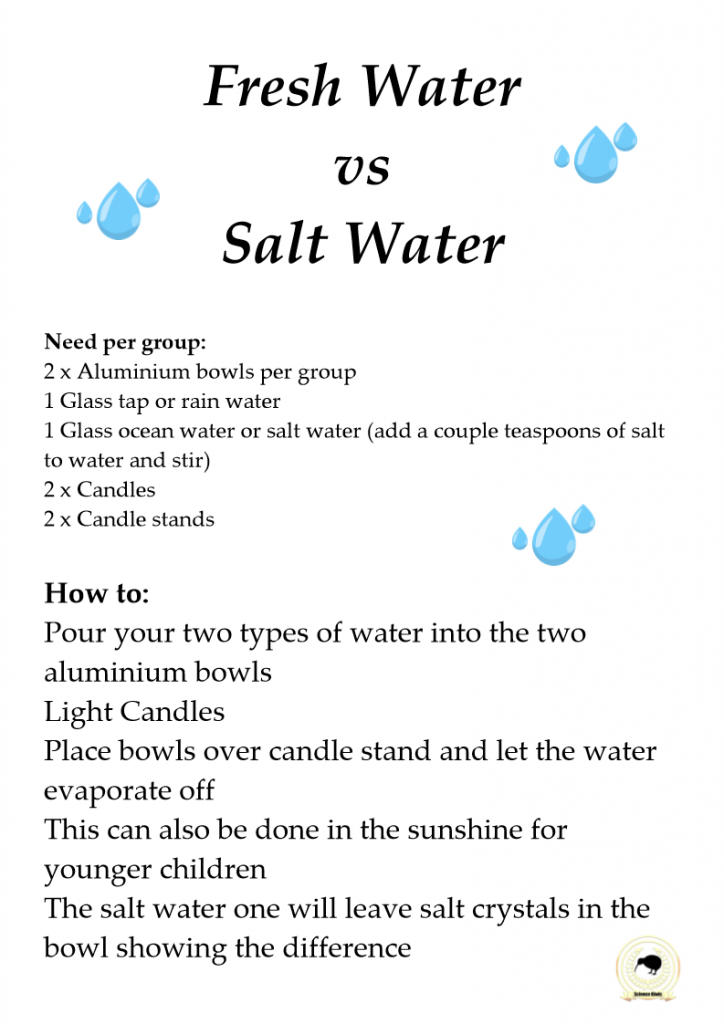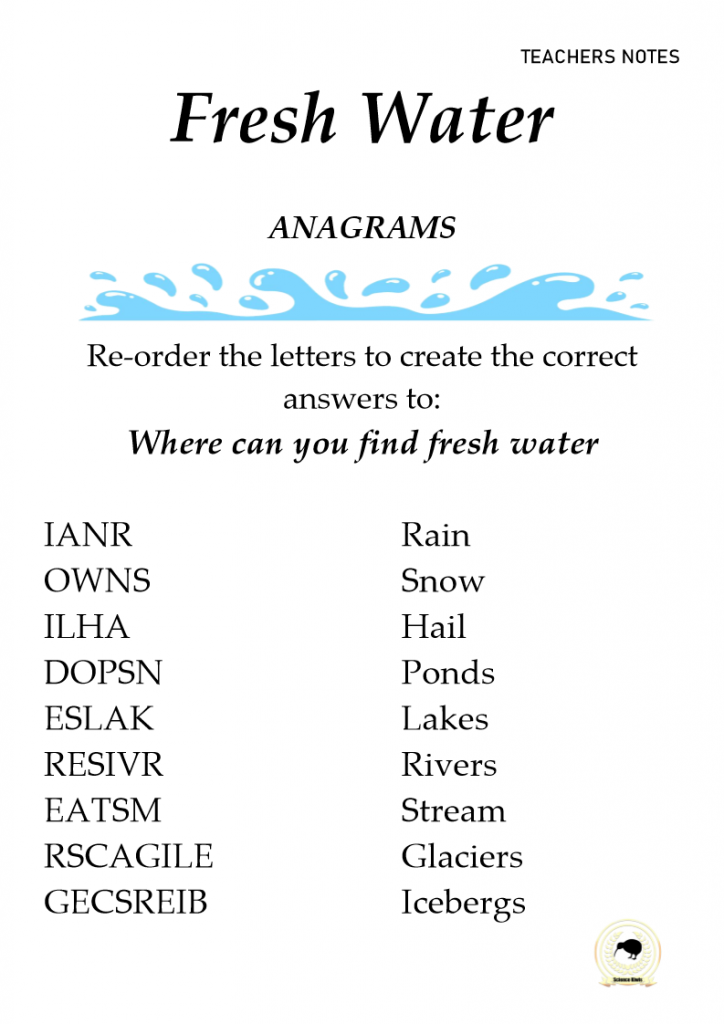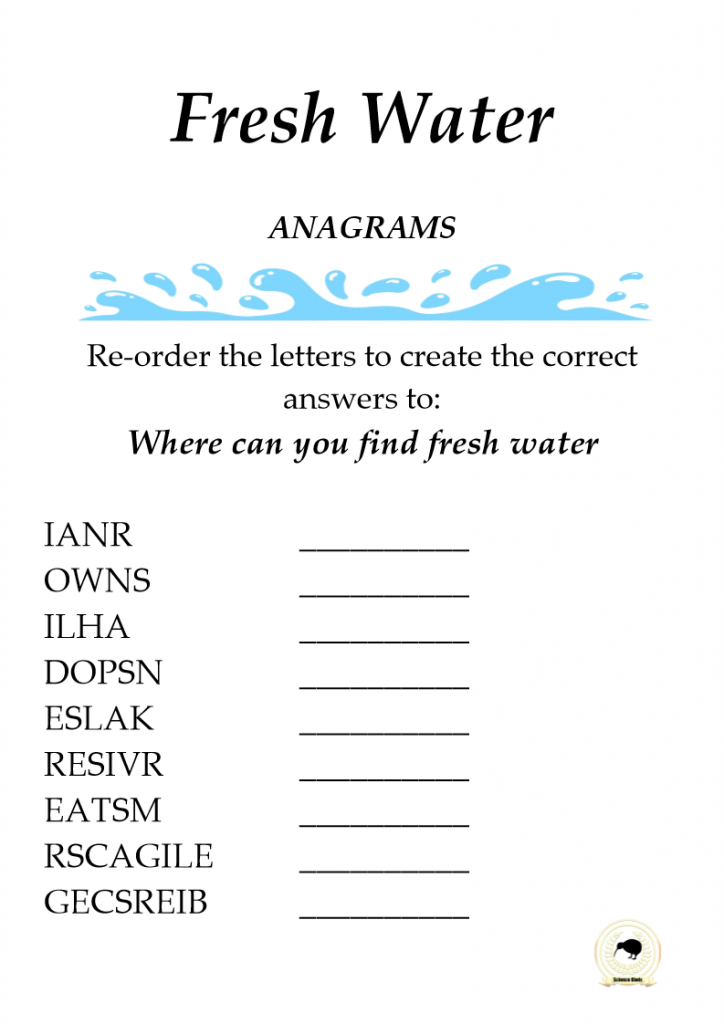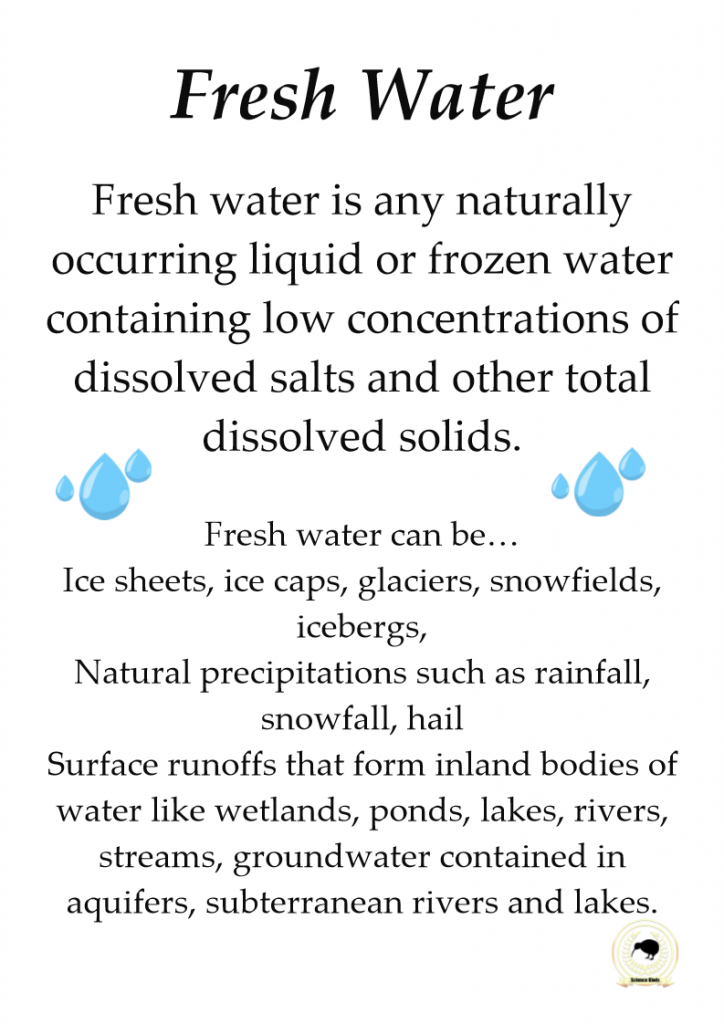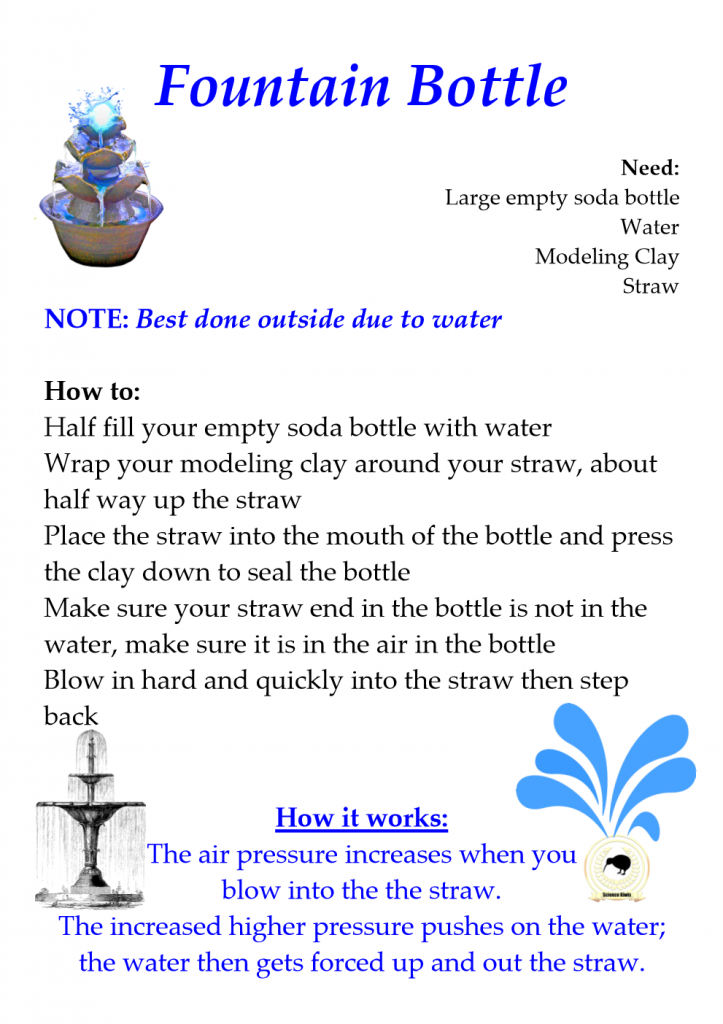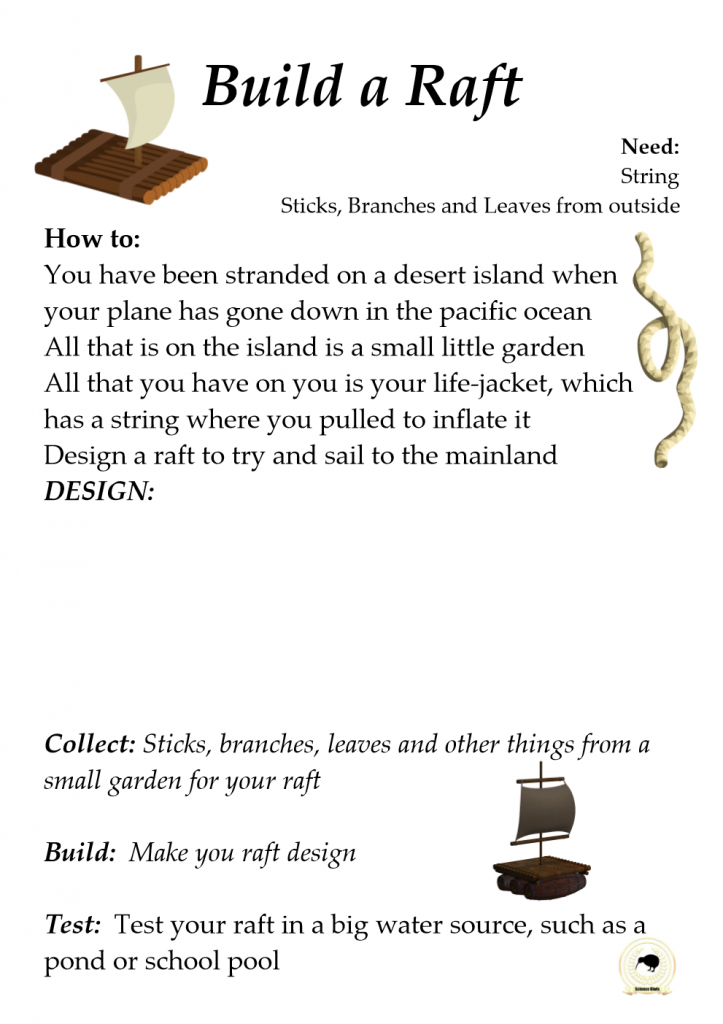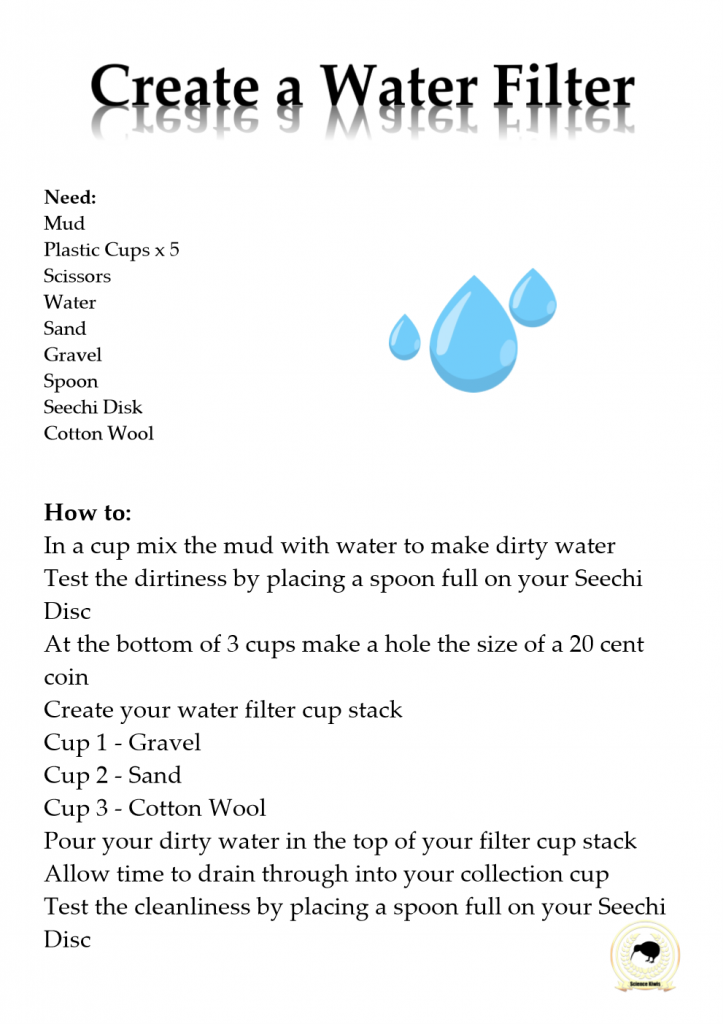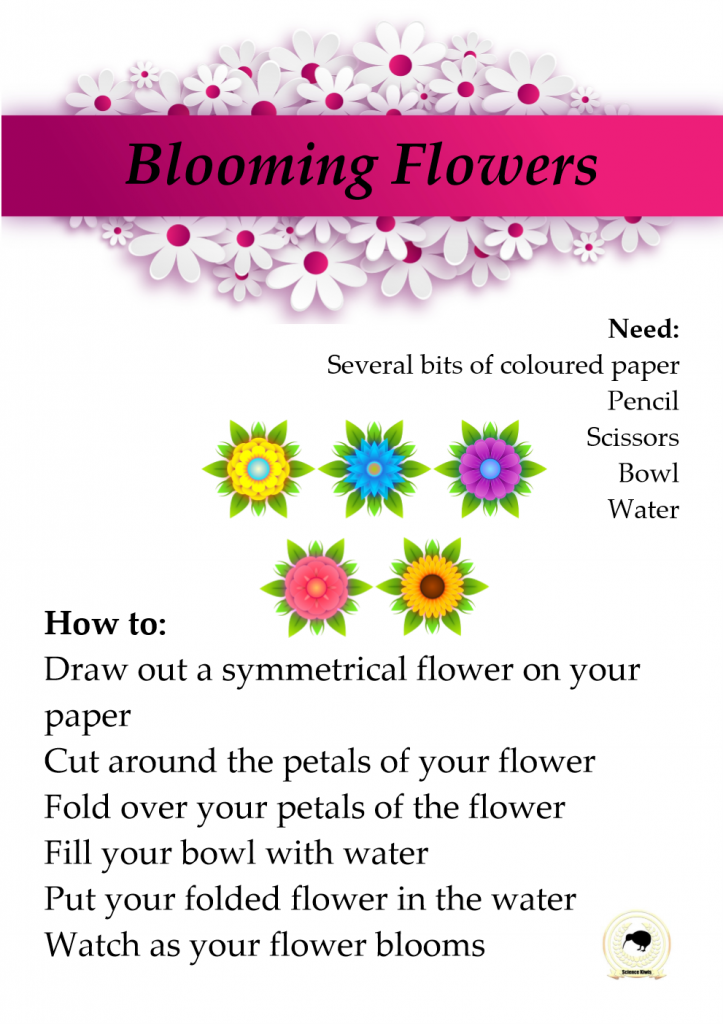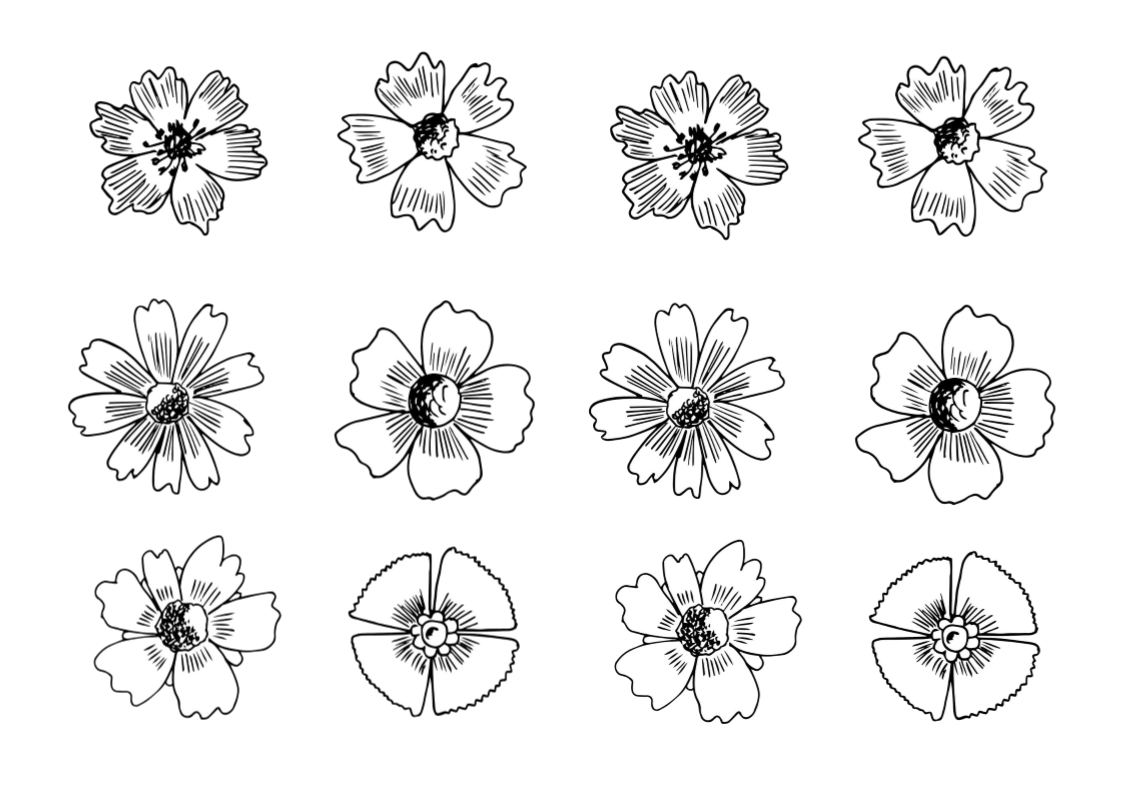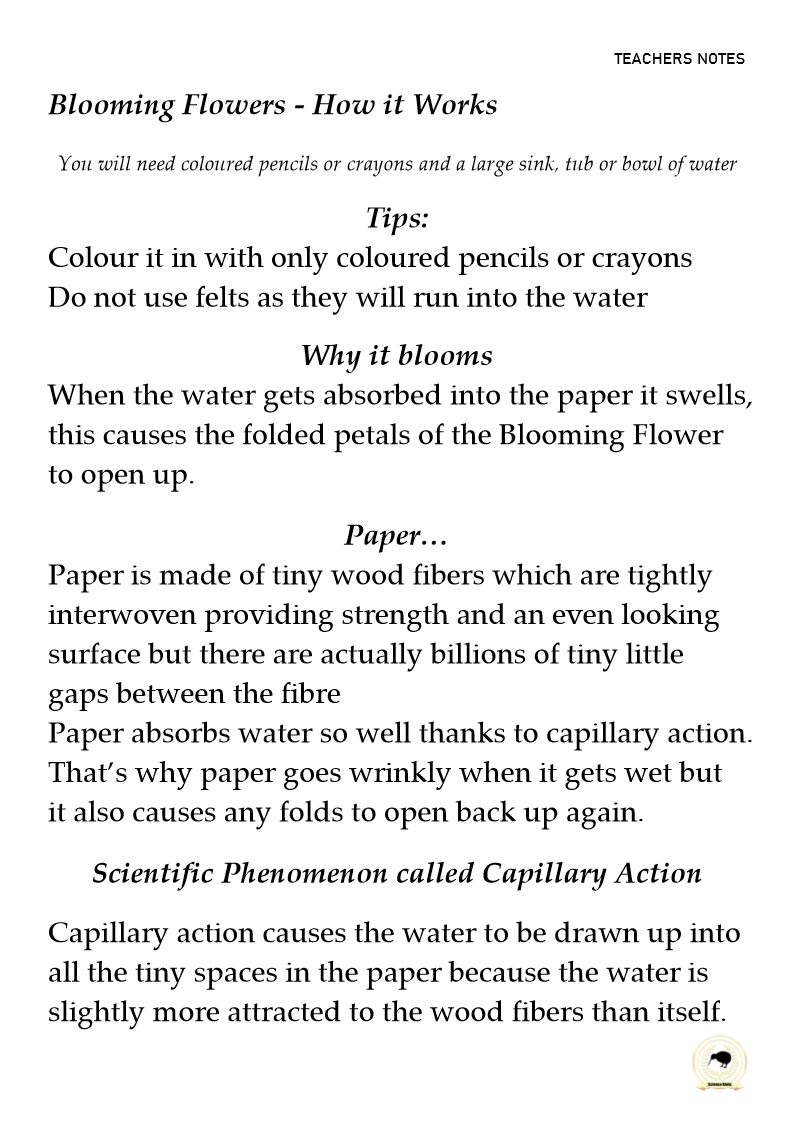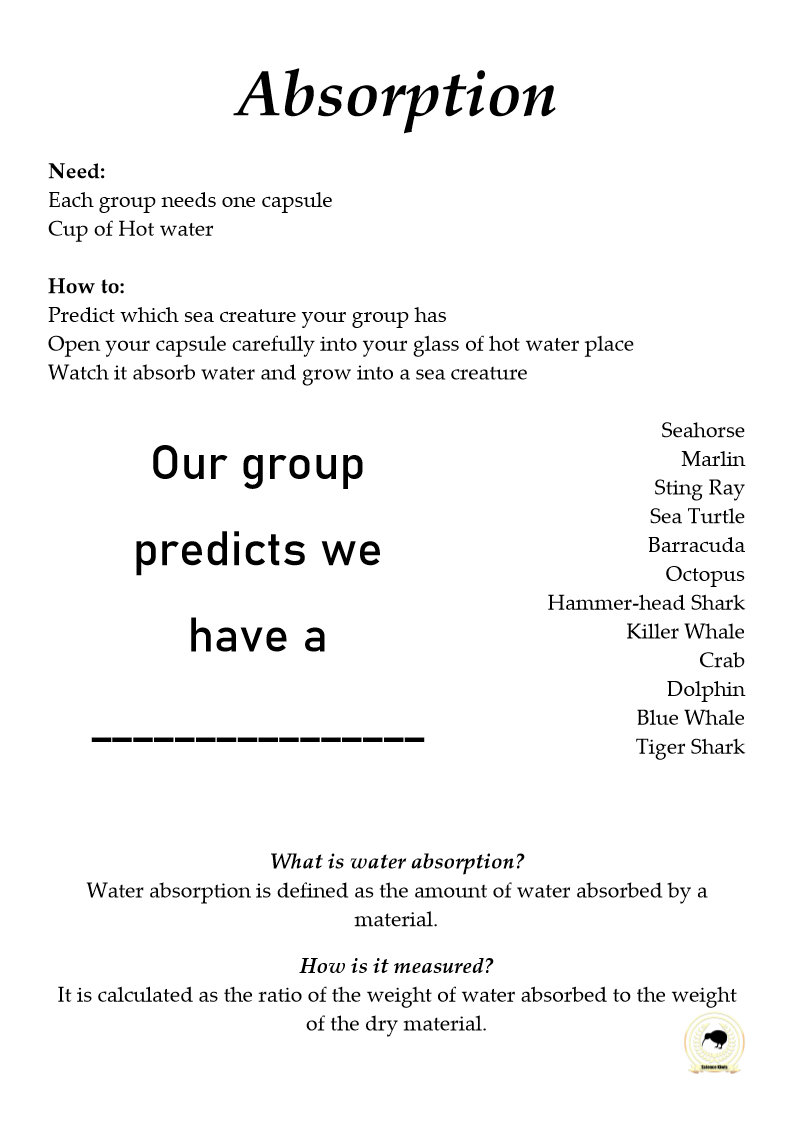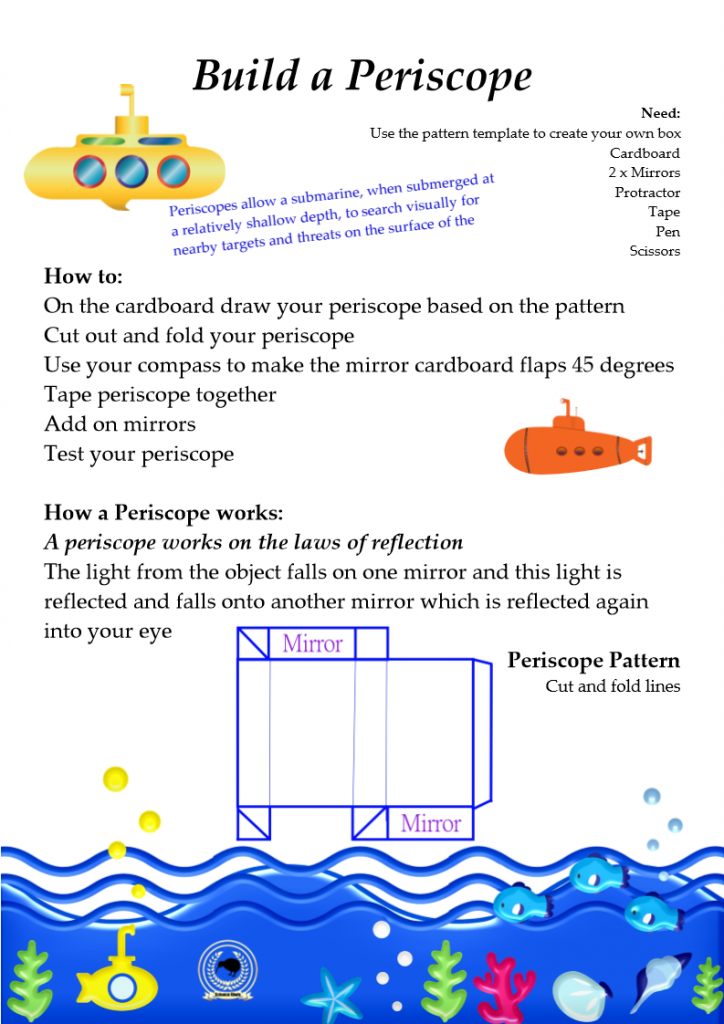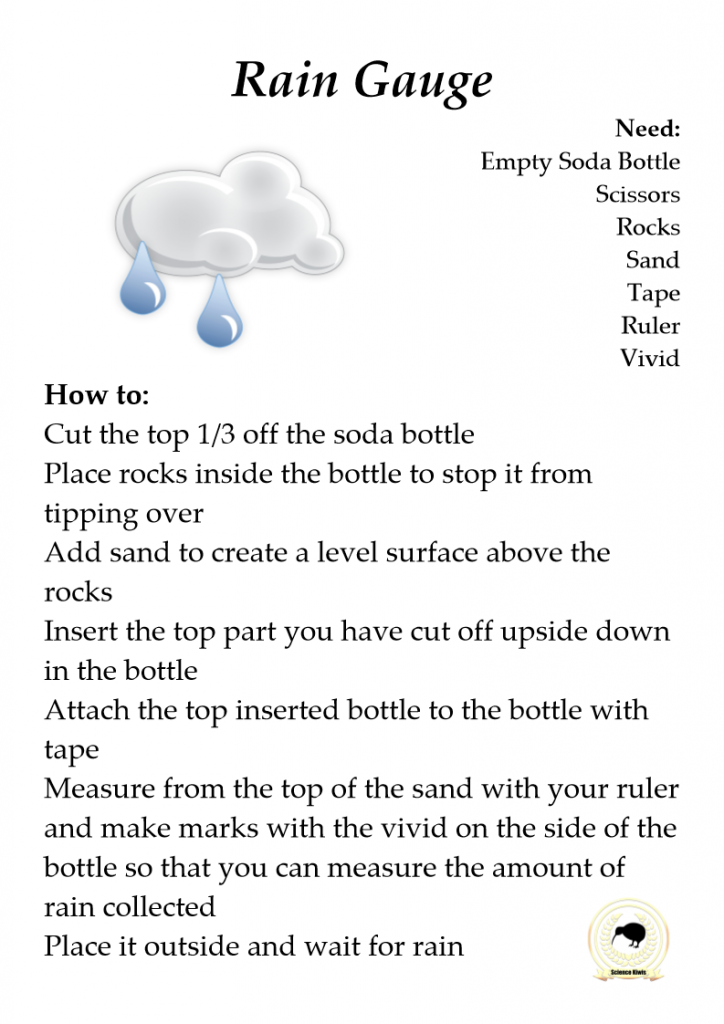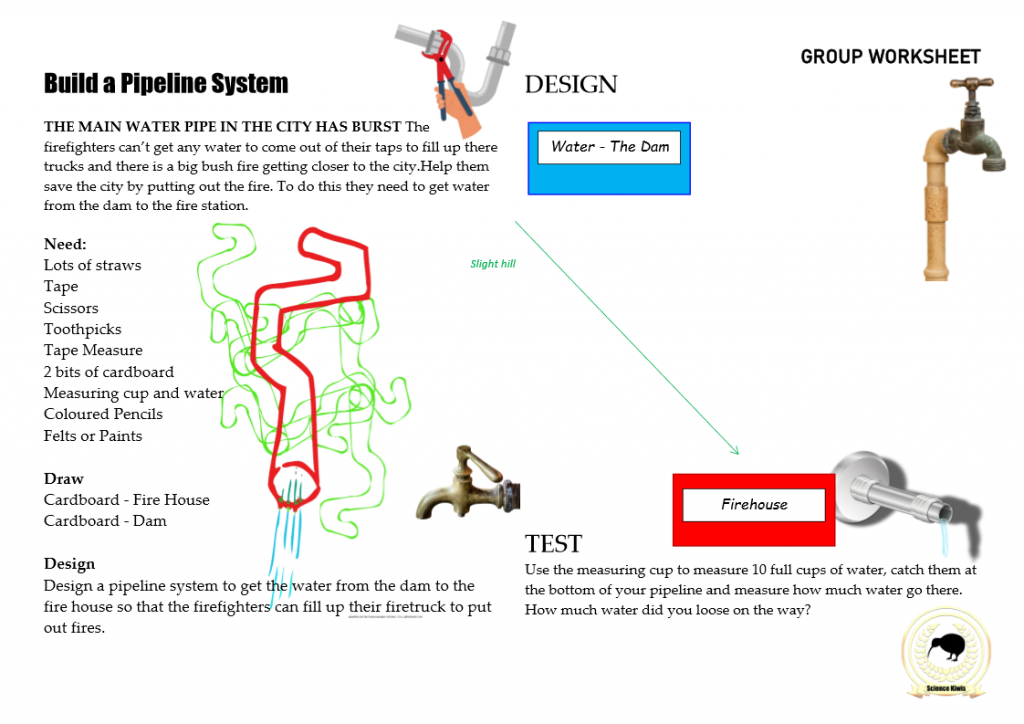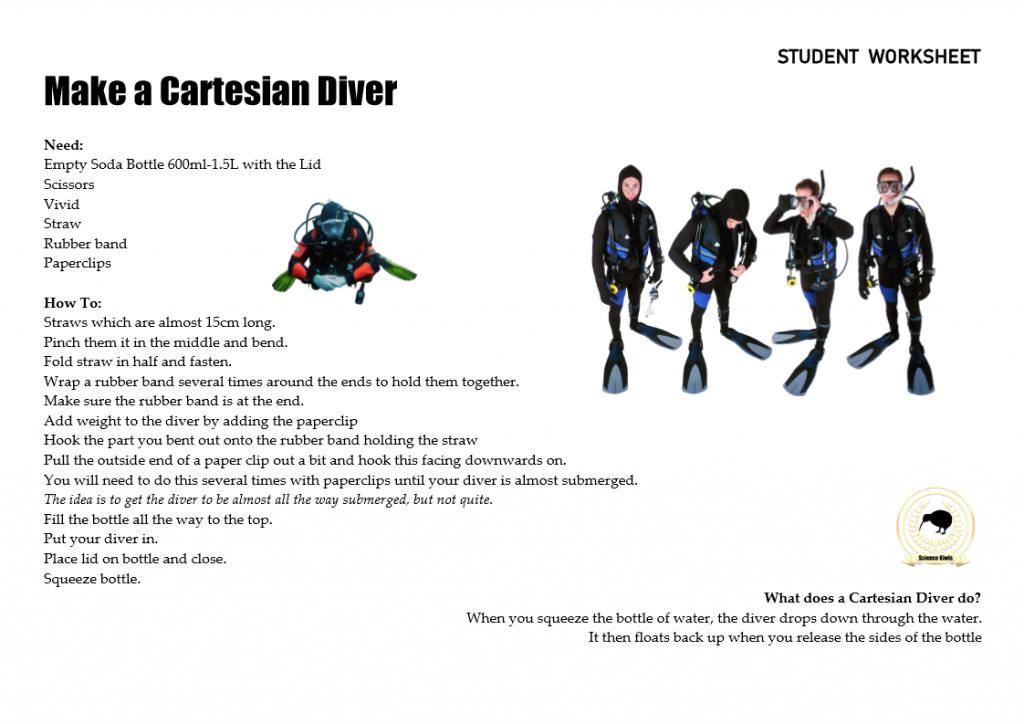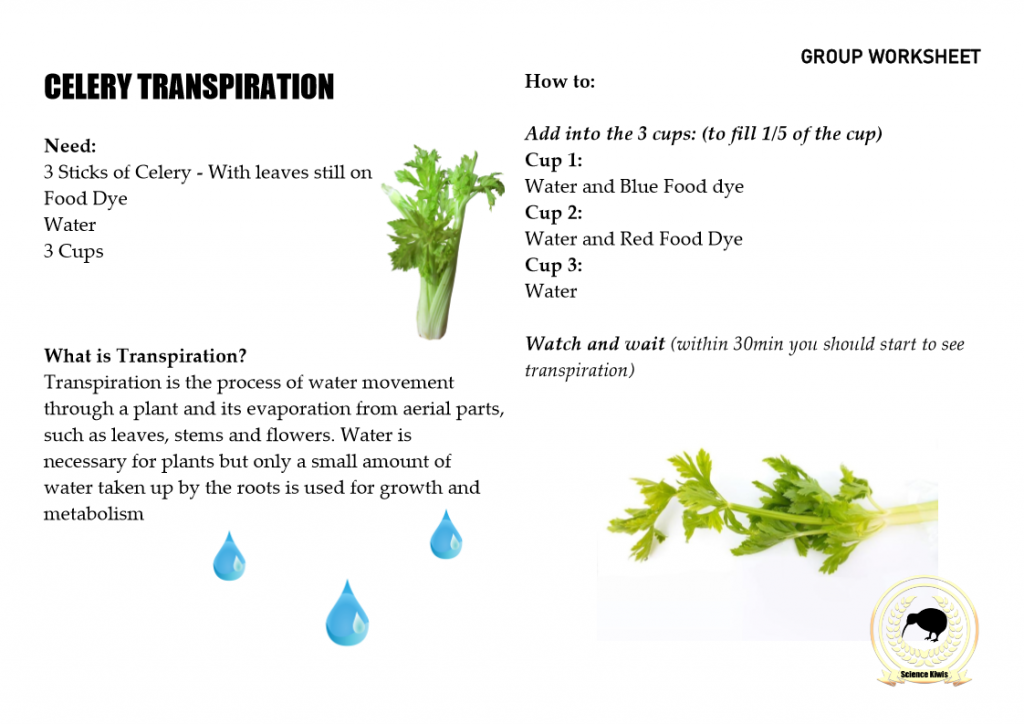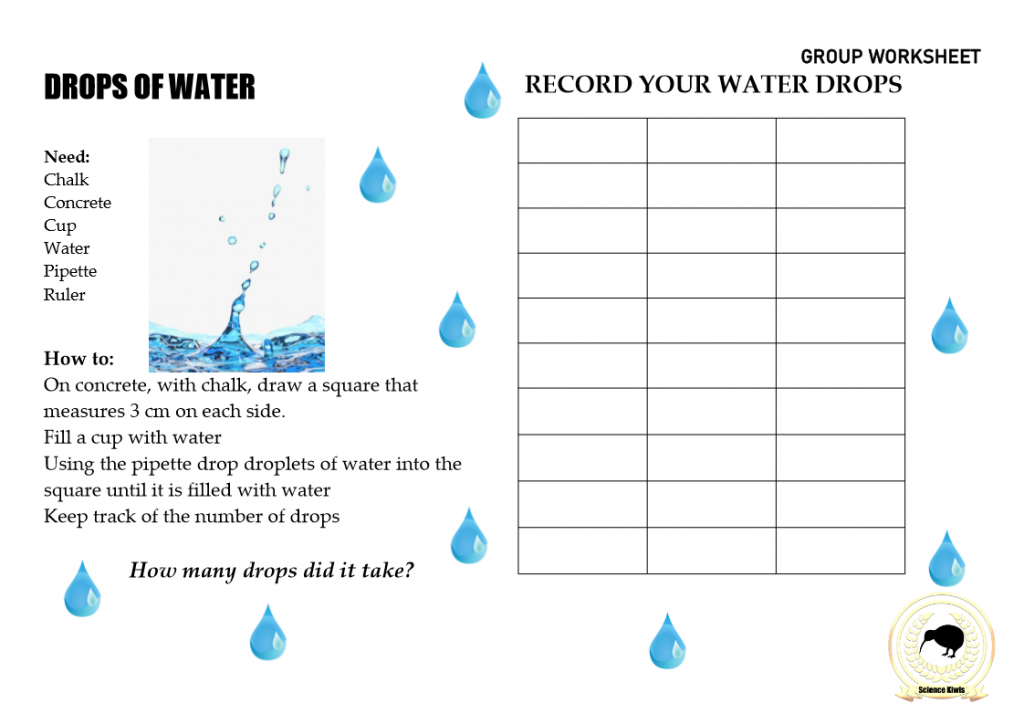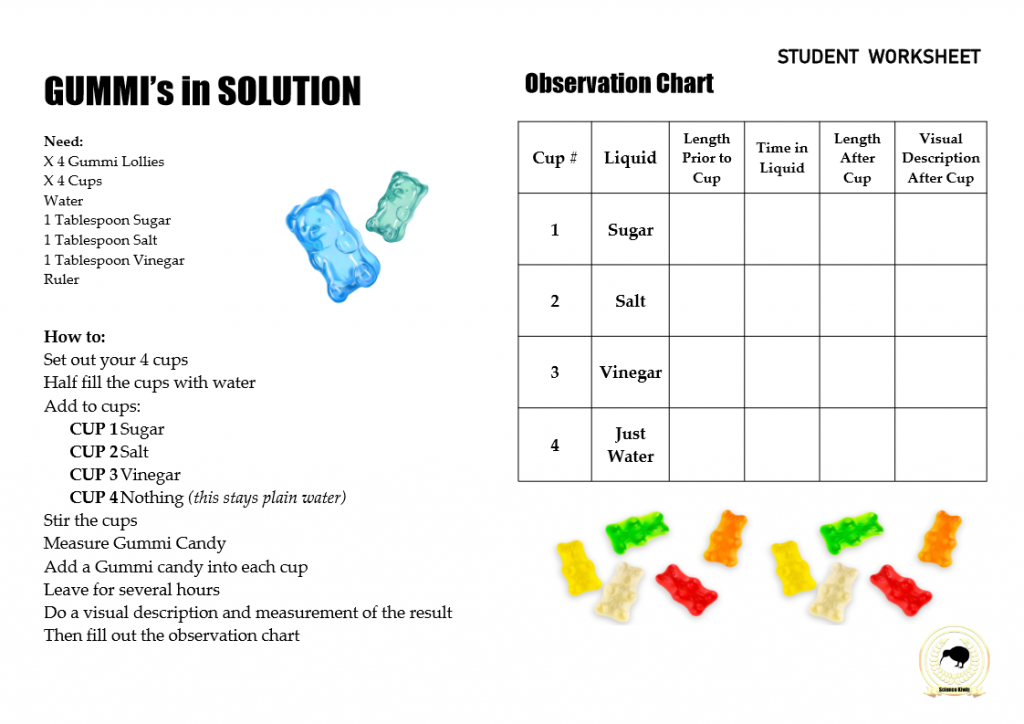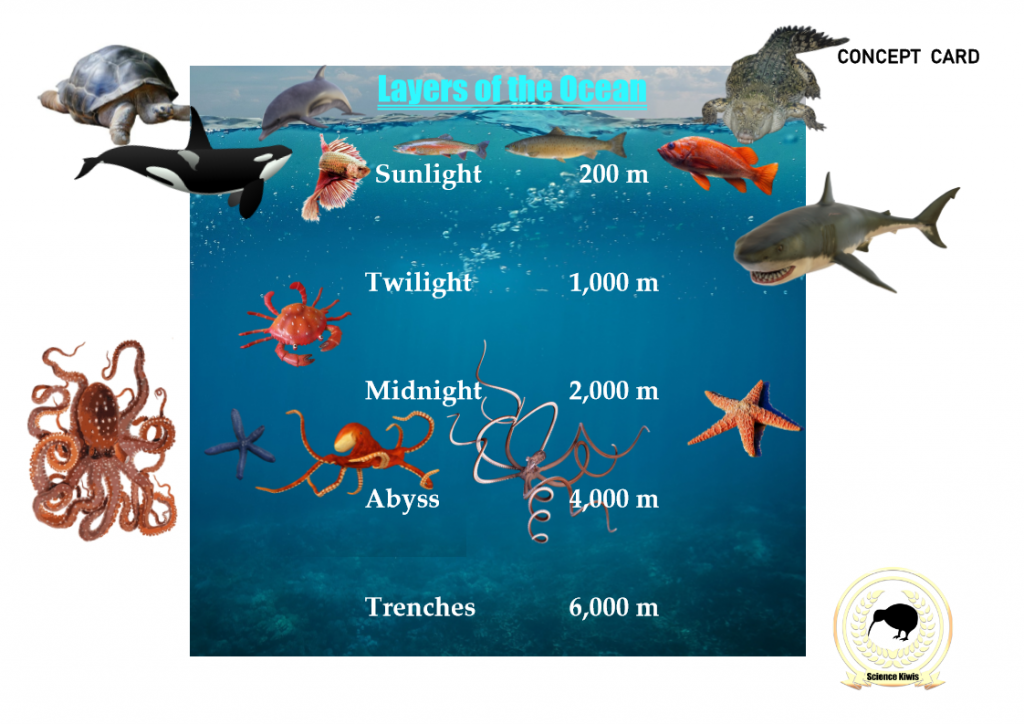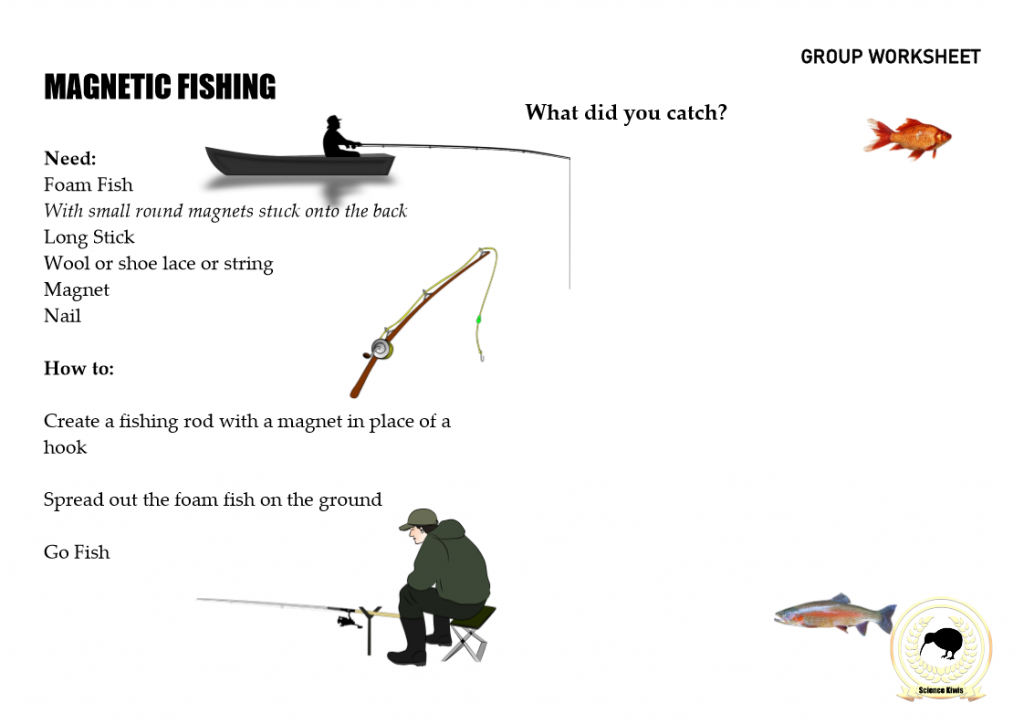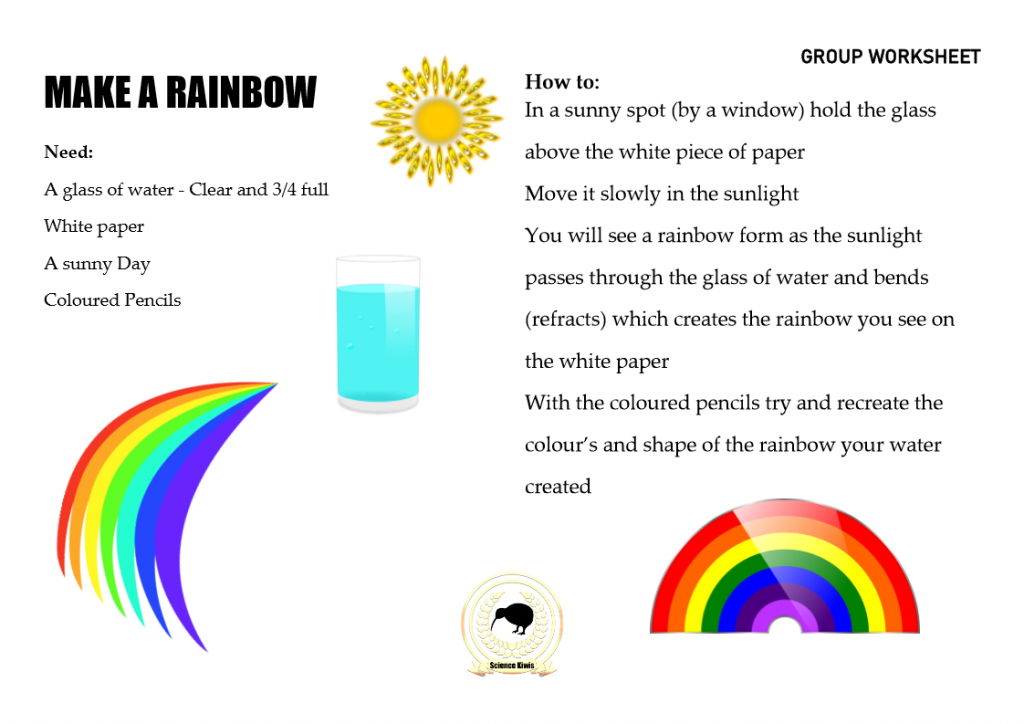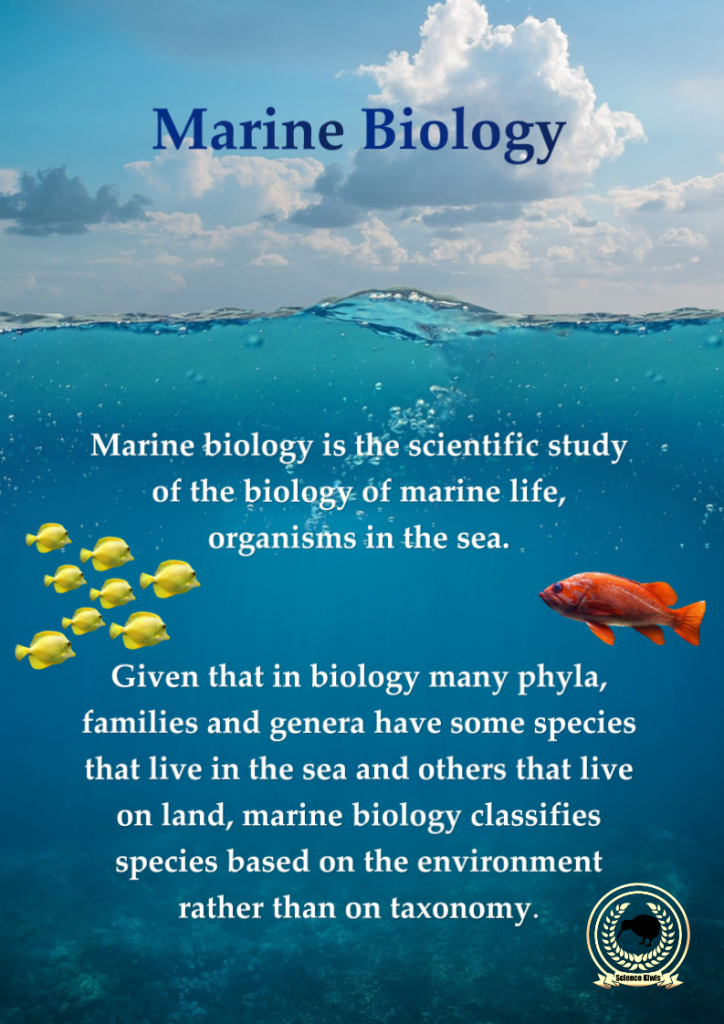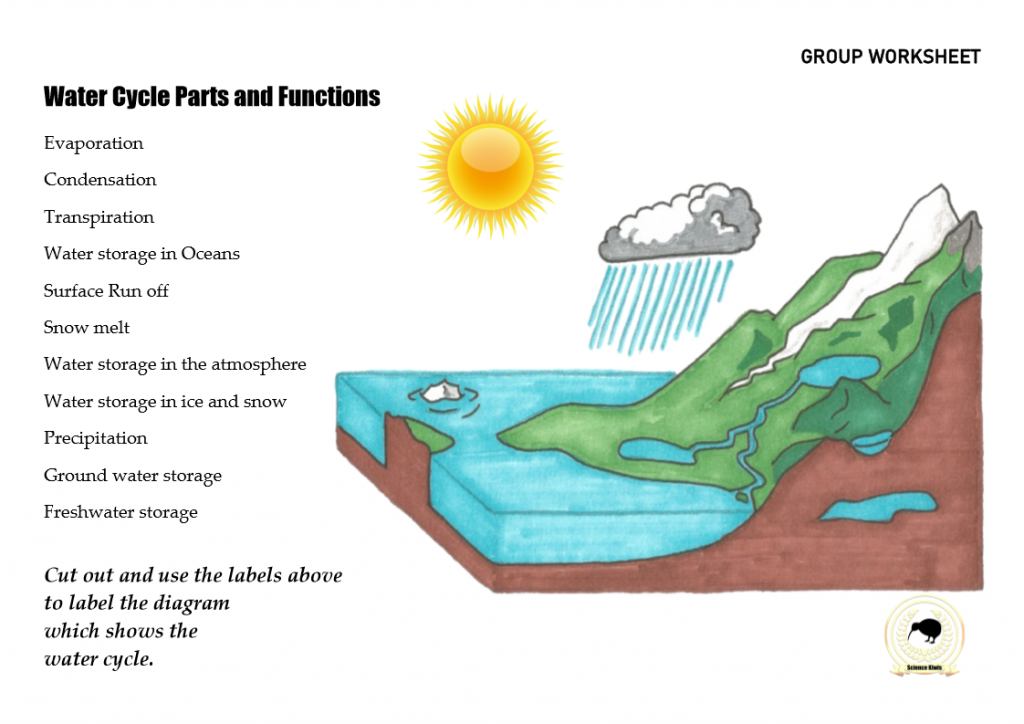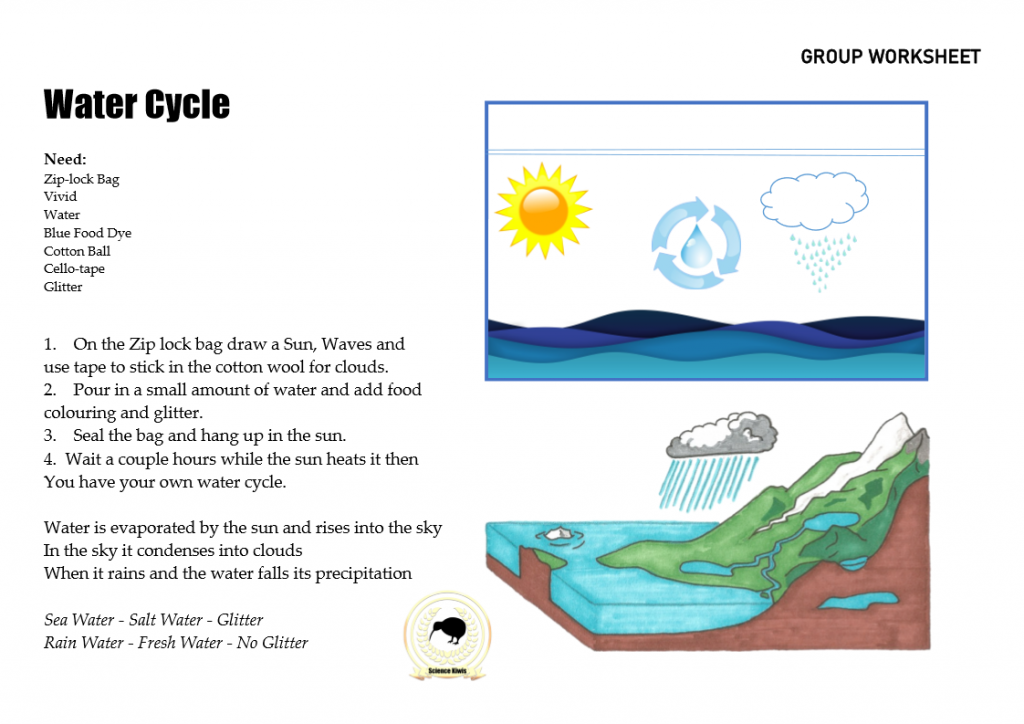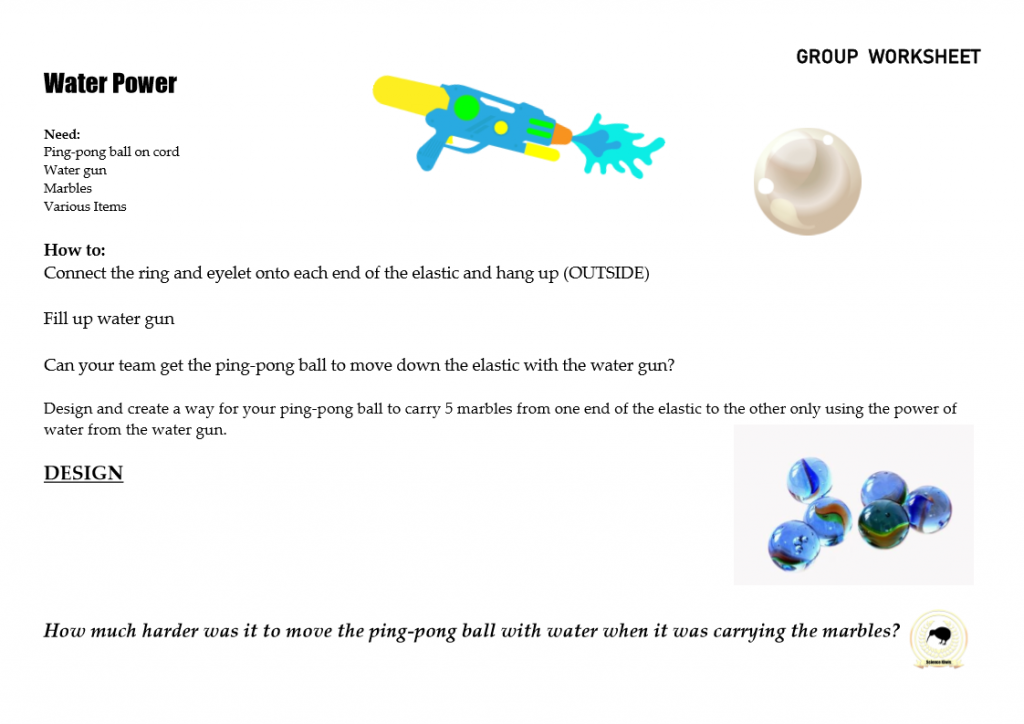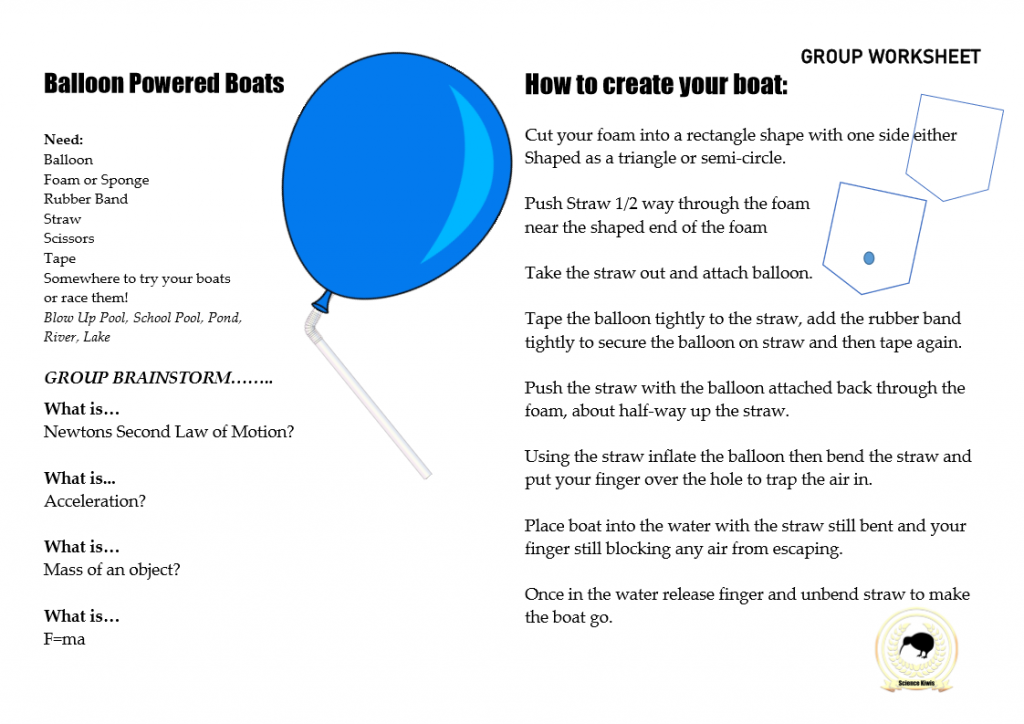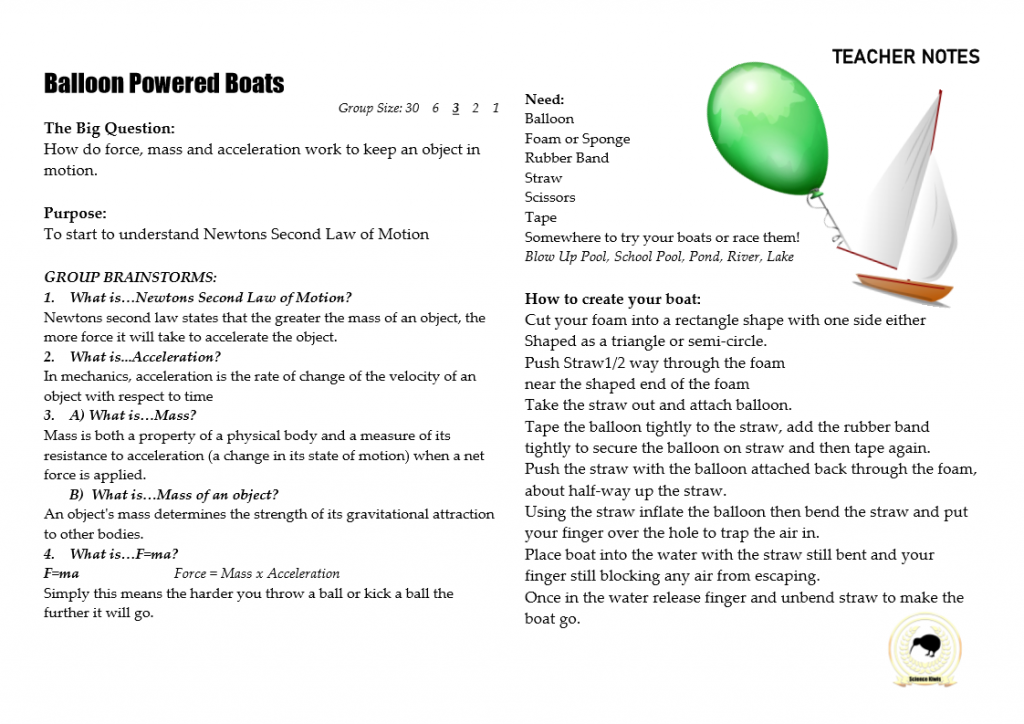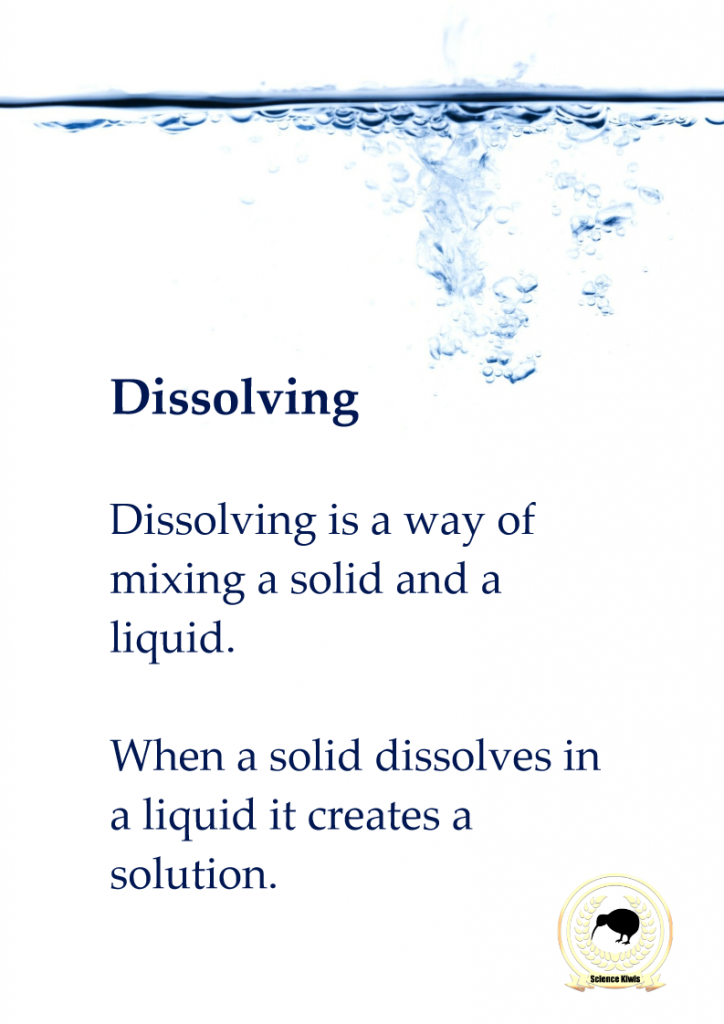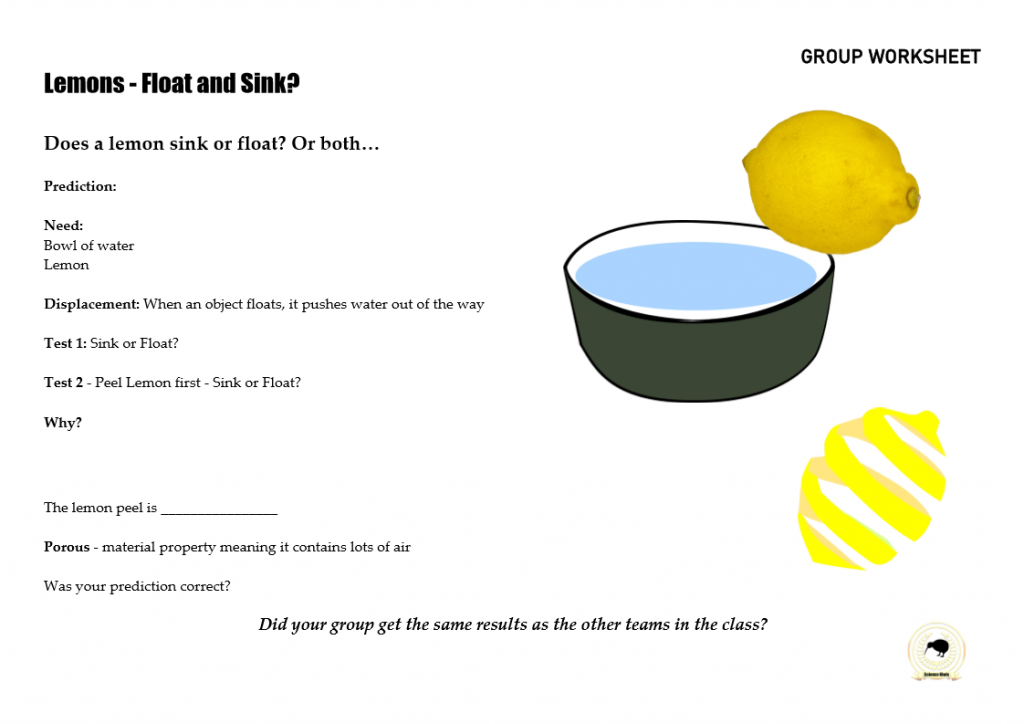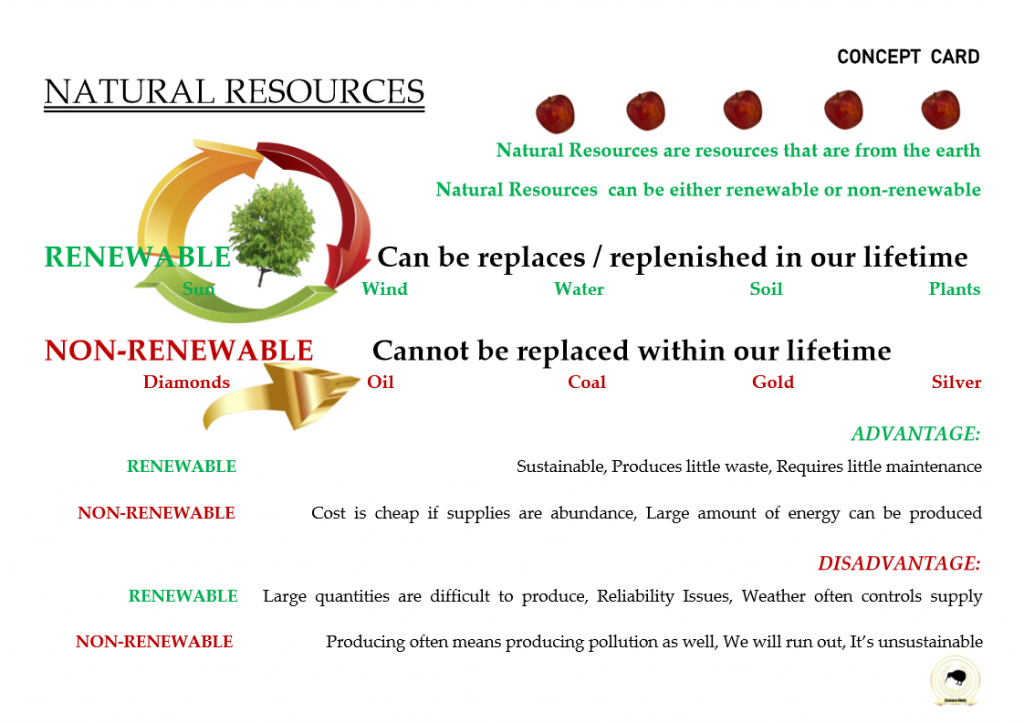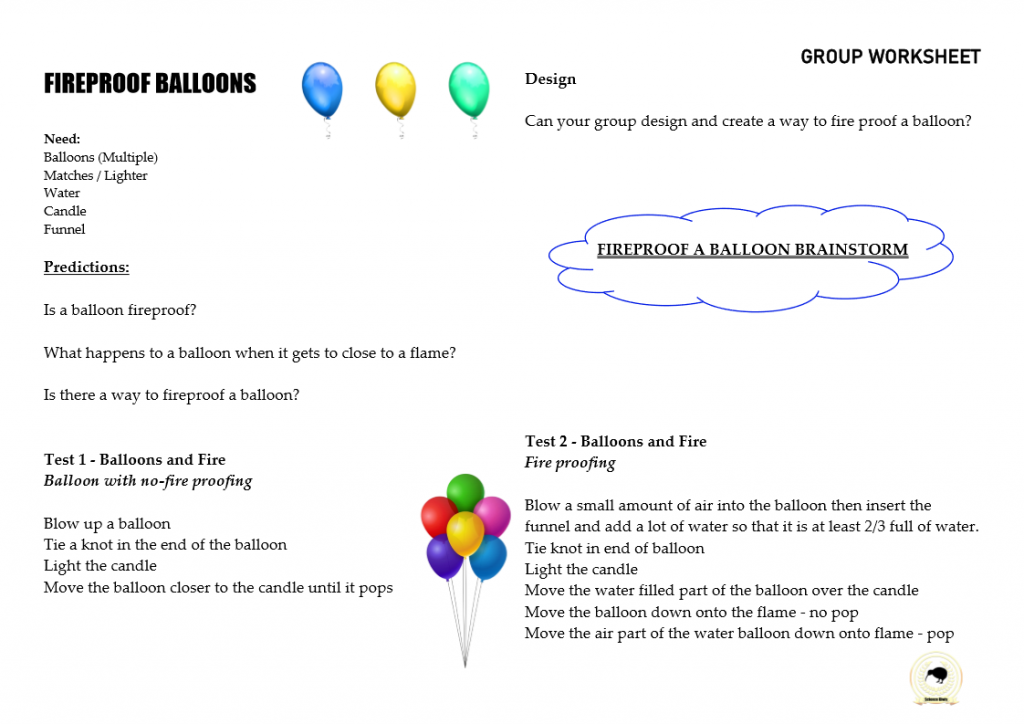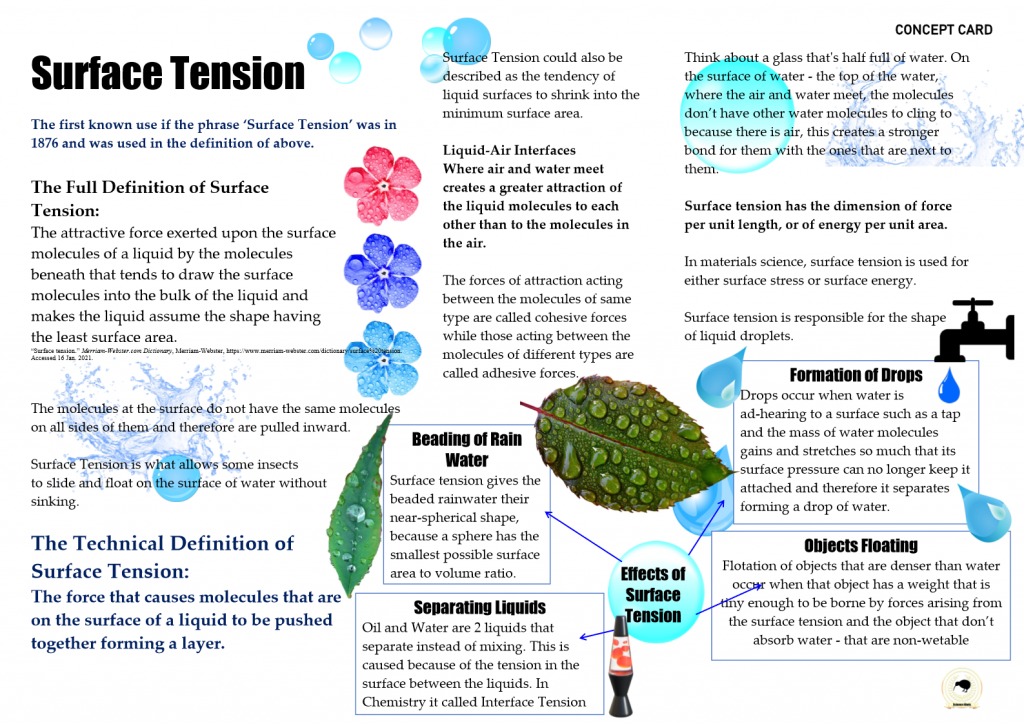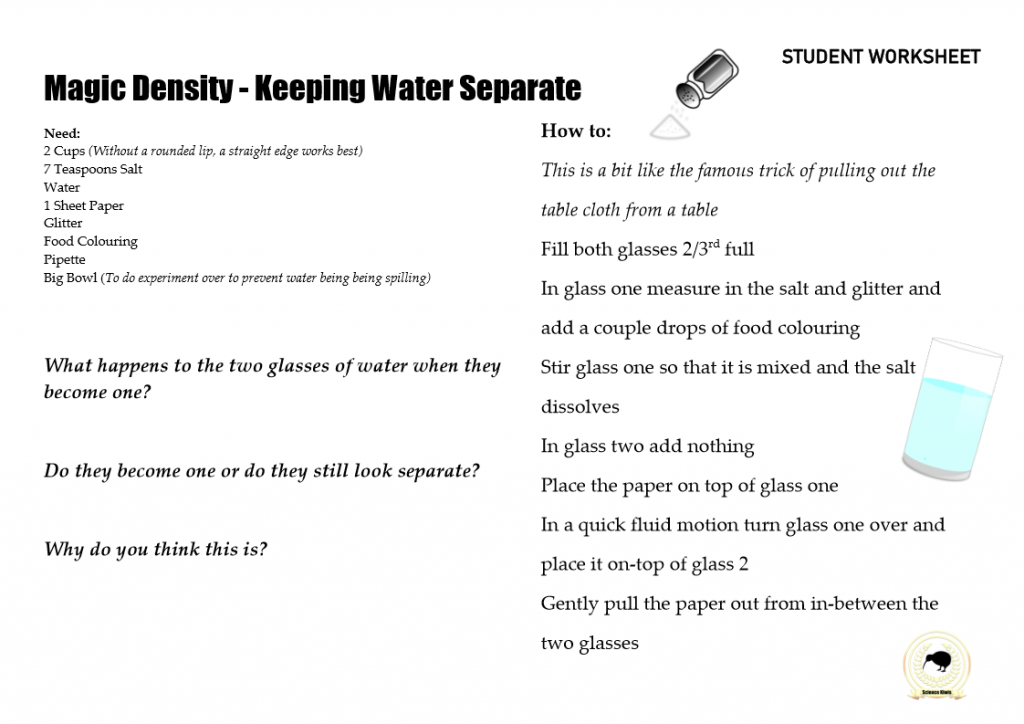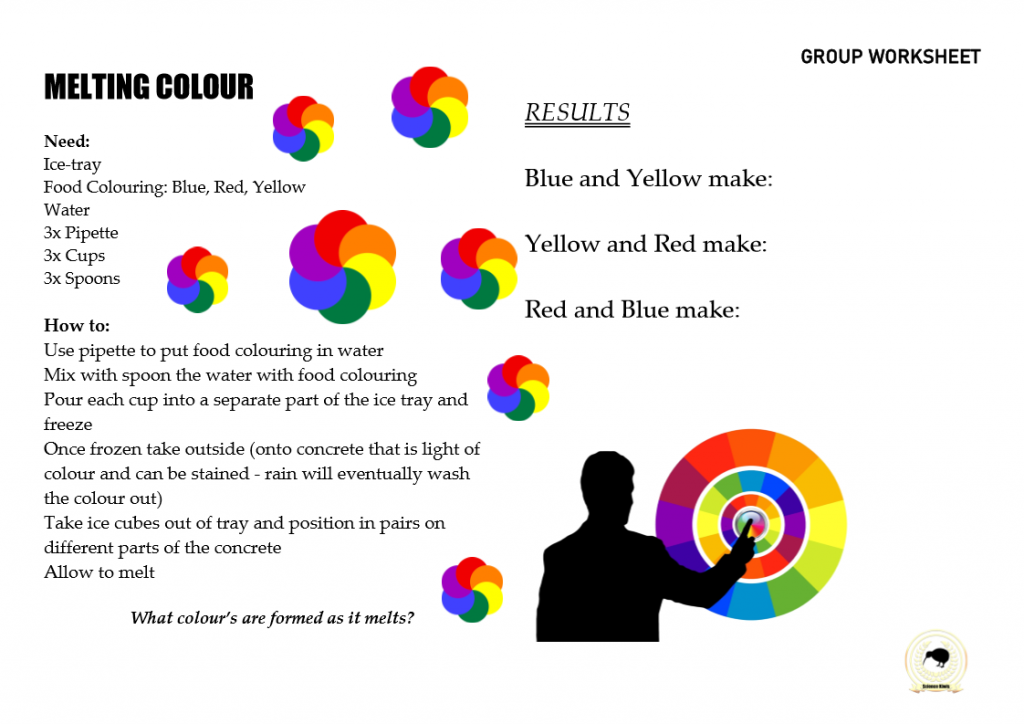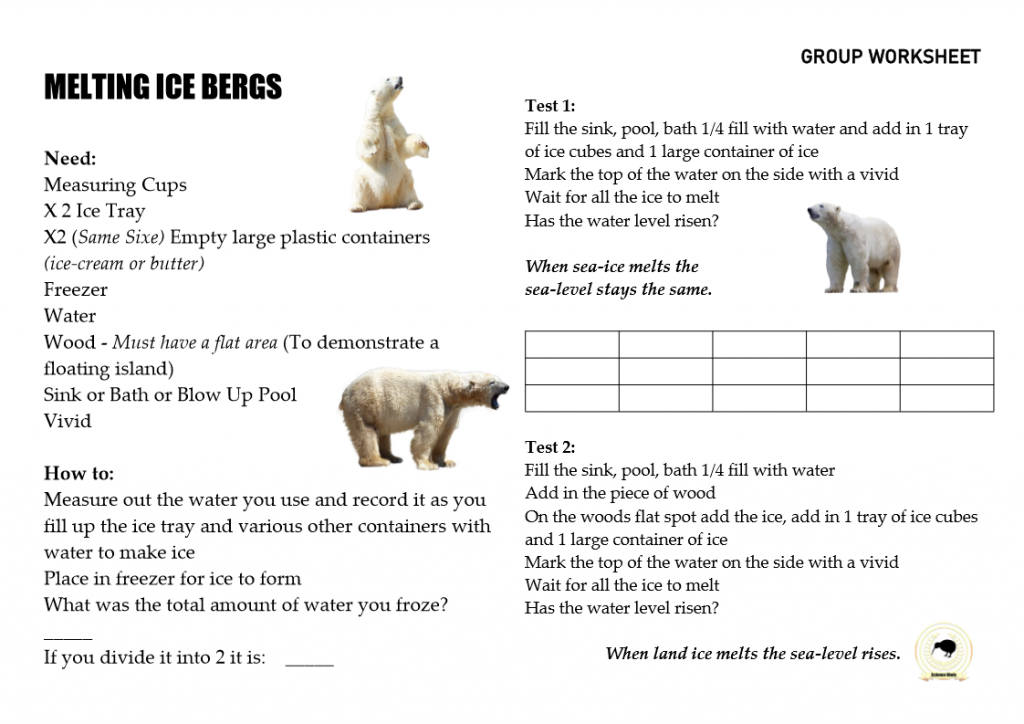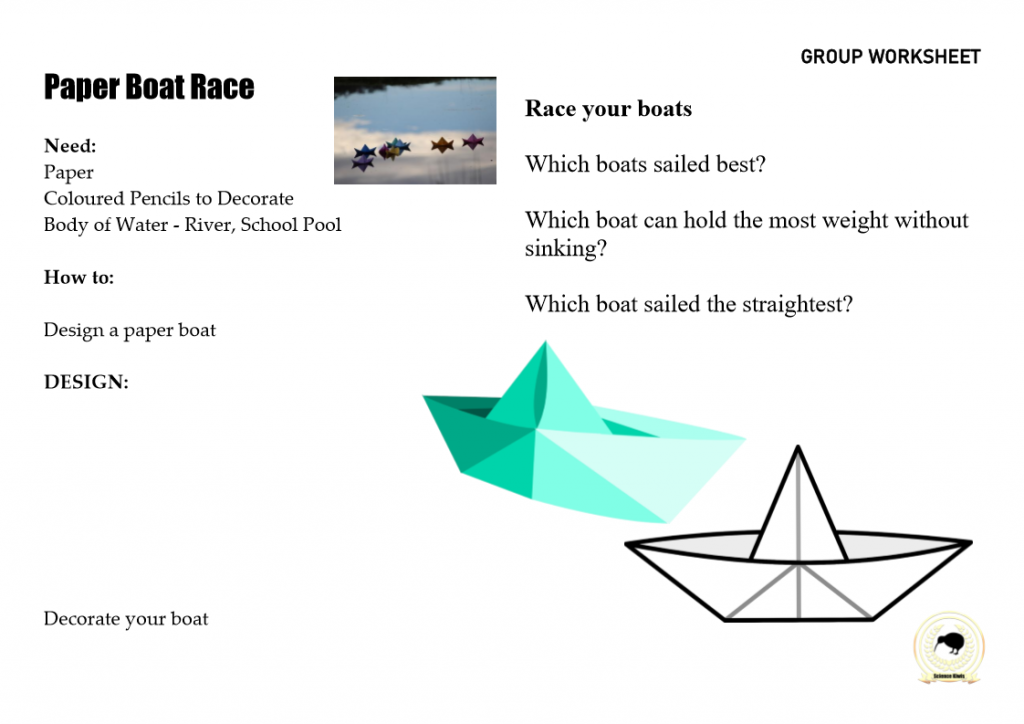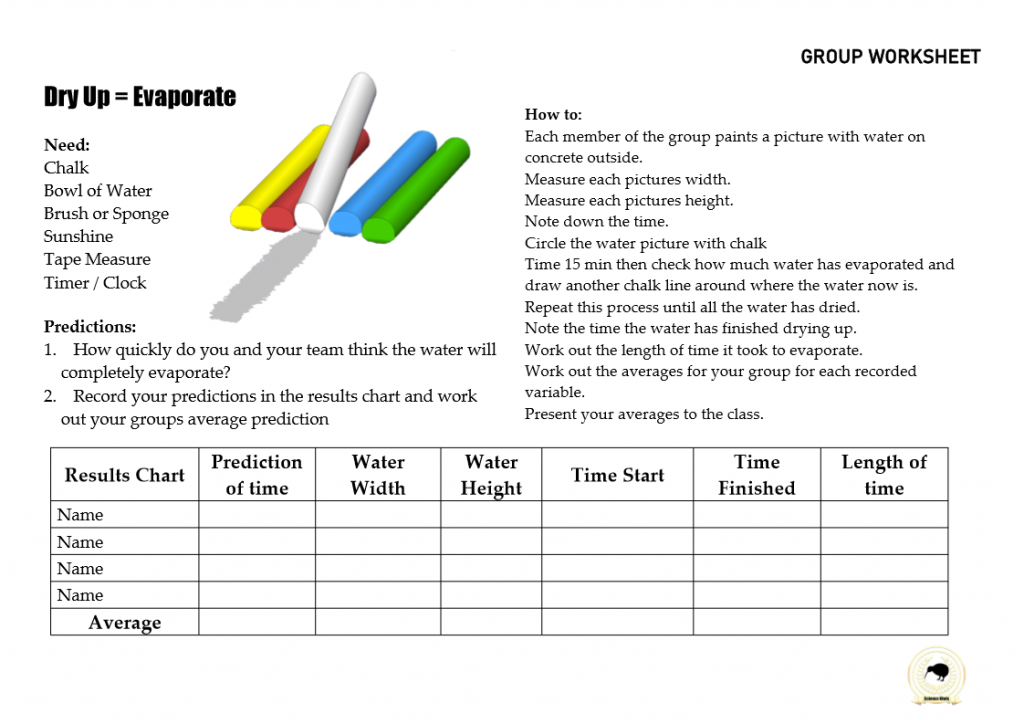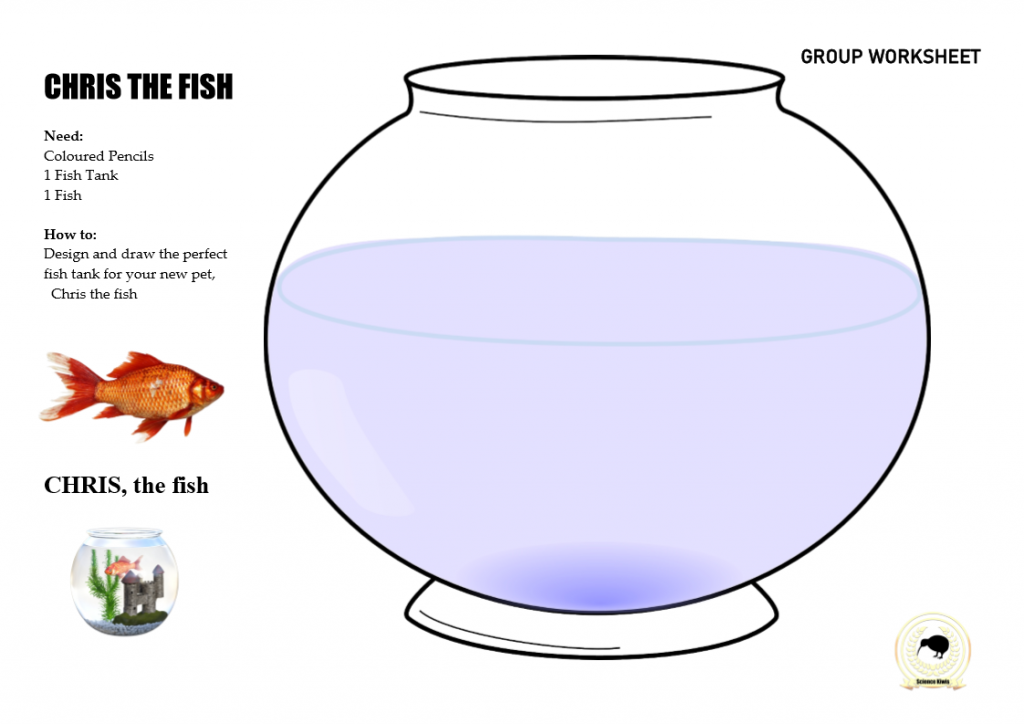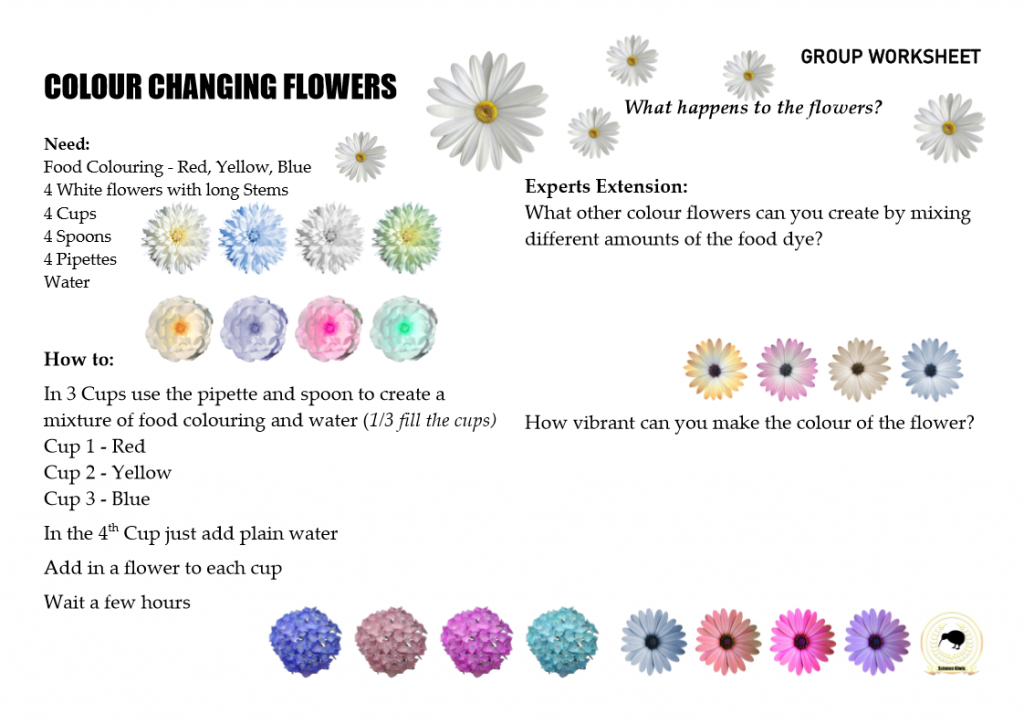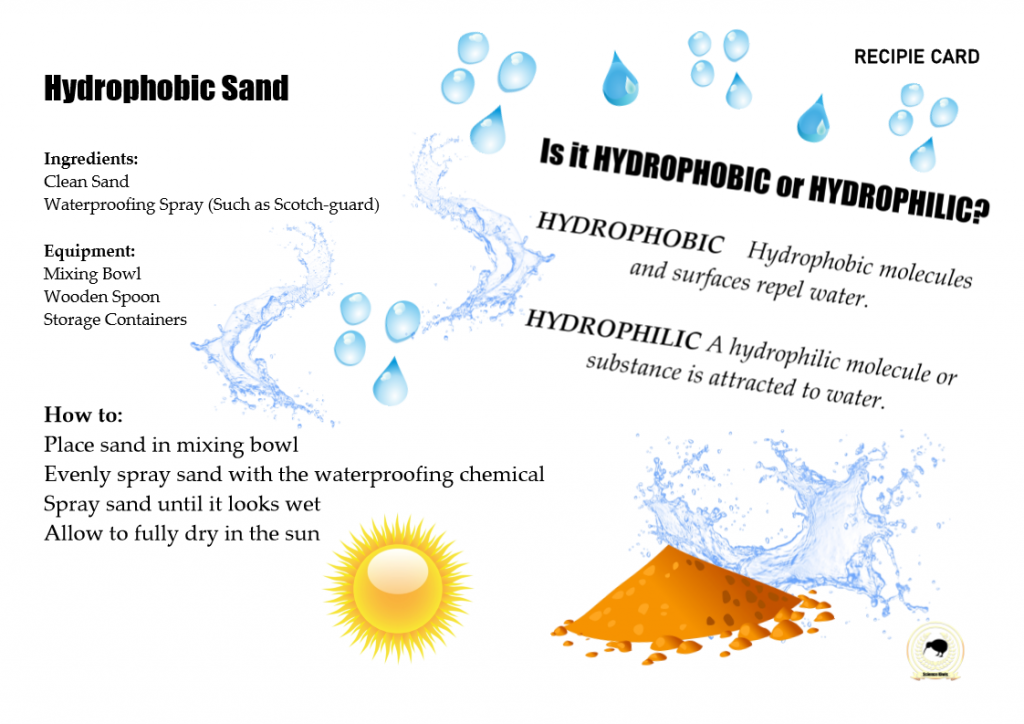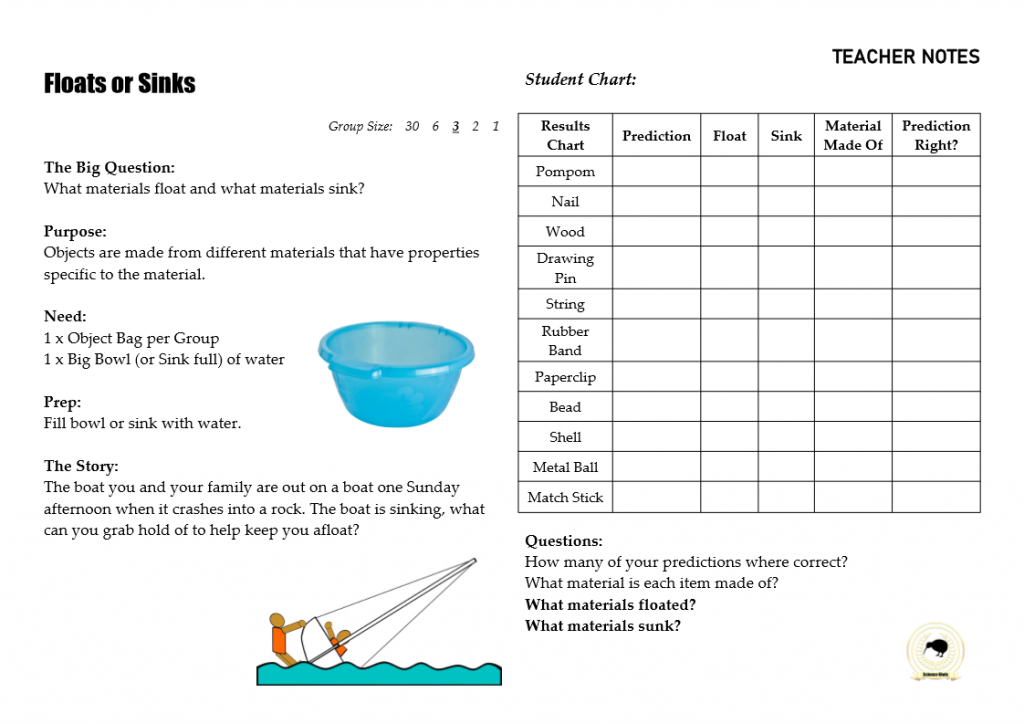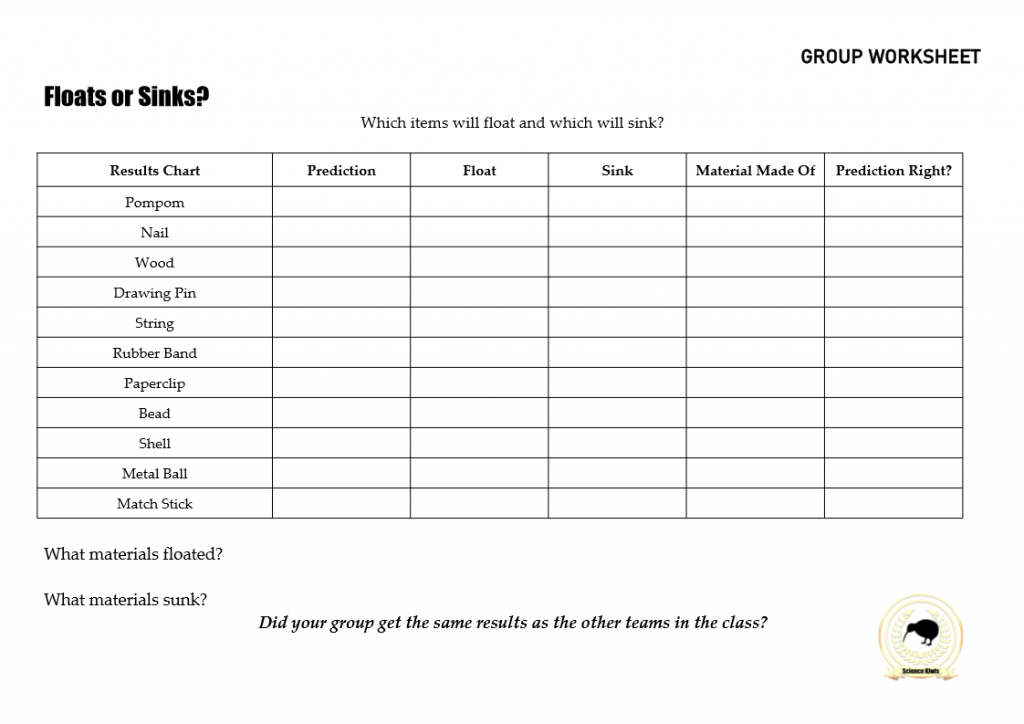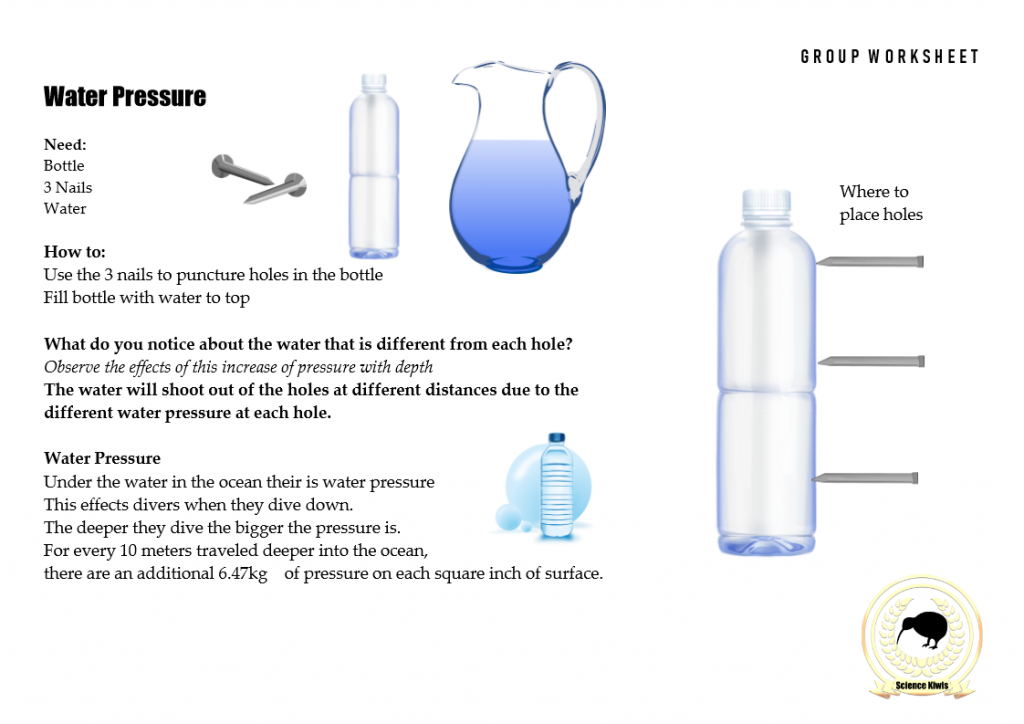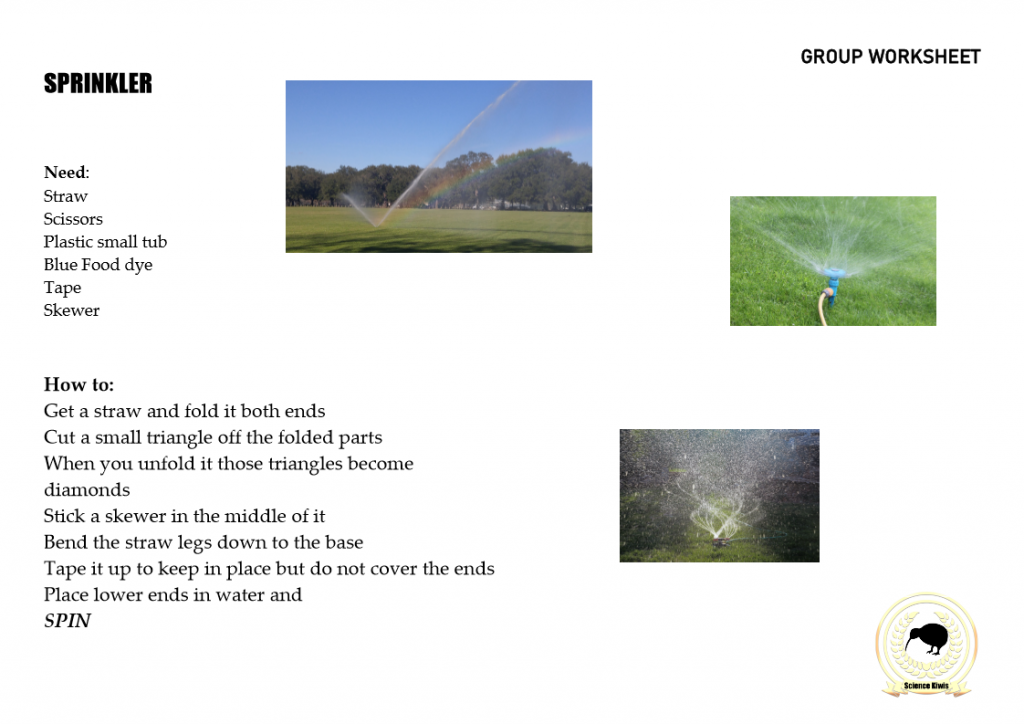WATER
Water is an important substance as most forms of life need it to live, including us humans
Water is the main constituent of Earth’s hydrosphere
Water covers approximately 70% of the earth’s surface
Chemistry of Water
The scientific formula for water is H2O.
Water is made up of 2 Hydrogen and 1 Oxygen atoms
Water = H2O = 2 Hydrogen 1 Oxygen
Water can be found in all 3 states of matter, gas, liquid and solid
Gas – Steam
Liquid – Water
Solid – Ice
Heat causes water to change from one state to another
Water turns into steam and evaporates when it gets above 100 degrees C
Water freezes at below 0 degrees C and turns into a solid
Water Properties
Water is clear and has no taste or odor
Water Cycle
The water on earth goes through a cycle process
Freshwater can only be replenished through the water cycle
A simple version of this is:
evaporation from oceans and other water bodies into the air and transpiration from land plants and animals into the air.
precipitation, from water vapor condensing from the air and falling to the earth or ocean.
runoff from the land usually reaching the sea.
Water comes in two types:
Salt water and Fresh Water
Fresh water is the water that most life forms, including plants, need for survival.
Fresh water examples are :
Rain, hail, snow, rivers, lakes, and streams.
Salt water unlike fresh water, has an added ingredient: salt.
Salt water examples are:
The ocean
Freshwater
Freshwater is any naturally occurring liquid or frozen water containing low concentrations of dissolved salts and other total dissolved solids.
Fresh water can be…
Ice sheets, ice caps, glaciers, snowfields, icebergs,
Natural precipitations such as rainfall, snowfall, hail
Surface runoffs that form inland bodies of water like wetlands, ponds, lakes, rivers, streams, groundwater contained in aquifers, subterranean rivers and lakes.
Water Pollution
Water pollution is when there are contaminates in a body of water
Water Pollution effects the environment
negatively
The negative impact it has can:
Damage and kill off aquatic habitats
Harm and kill off animals and their habitats
Harm animals and humans by poisoning drinking water
Humans are the primary source of the contaminates that pollute bodies of water.
Studying Water:
Hydrology is the study of the movement, distribution, and quality of water throughout the Earth
The study of the distribution of water is hydrography
The study of the distribution and movement of groundwater is hydrogeology
The study of glaciers is glaciology
The study of inland waters is limnology and distribution of oceans is oceanography
The study of the ecological processes with hydrology are the focus of ecohydrology
The Word Water:
Etymology
The word water comes from Old English wæter, from Proto-Germanic watar
source also of Old Saxon watar, Old Frisian wetir, Dutch water, Old High German wazzar, German Wasser, vatn, Gothic 𐍅𐌰𐍄𐍉 (wato) from Proto-Indo-European wod-or, suffixed form of root wed- (“water”; “wet”).
Also cognate, through the Indo-European root, with Greek ύδωρ (ýdor), Russian вода́ (vodá), Irish uisce, and Albanian ujë.
DOCUMENTS : Click on the file name to open and download
IMAGES : To download / save / print – Simply right click and save image.
Images:
Files:
Water Cycle
Water Cycle 2
Water Pollution Definition
Water Pollution effects
Water Pollution
Water
DRYUP EVAPORATION_WORKSHEET
Floats or Sinks_GROUPWORKSHEET
Floats or Sinks_GROUPWORKSHEET2
Fresh Water Anagram Student
Fresh Water Anagram Teacher
Fresh water
Fresh WatervsSalt
Floats or Sinks_TEACHERS NOTES
Fountain Bottle
